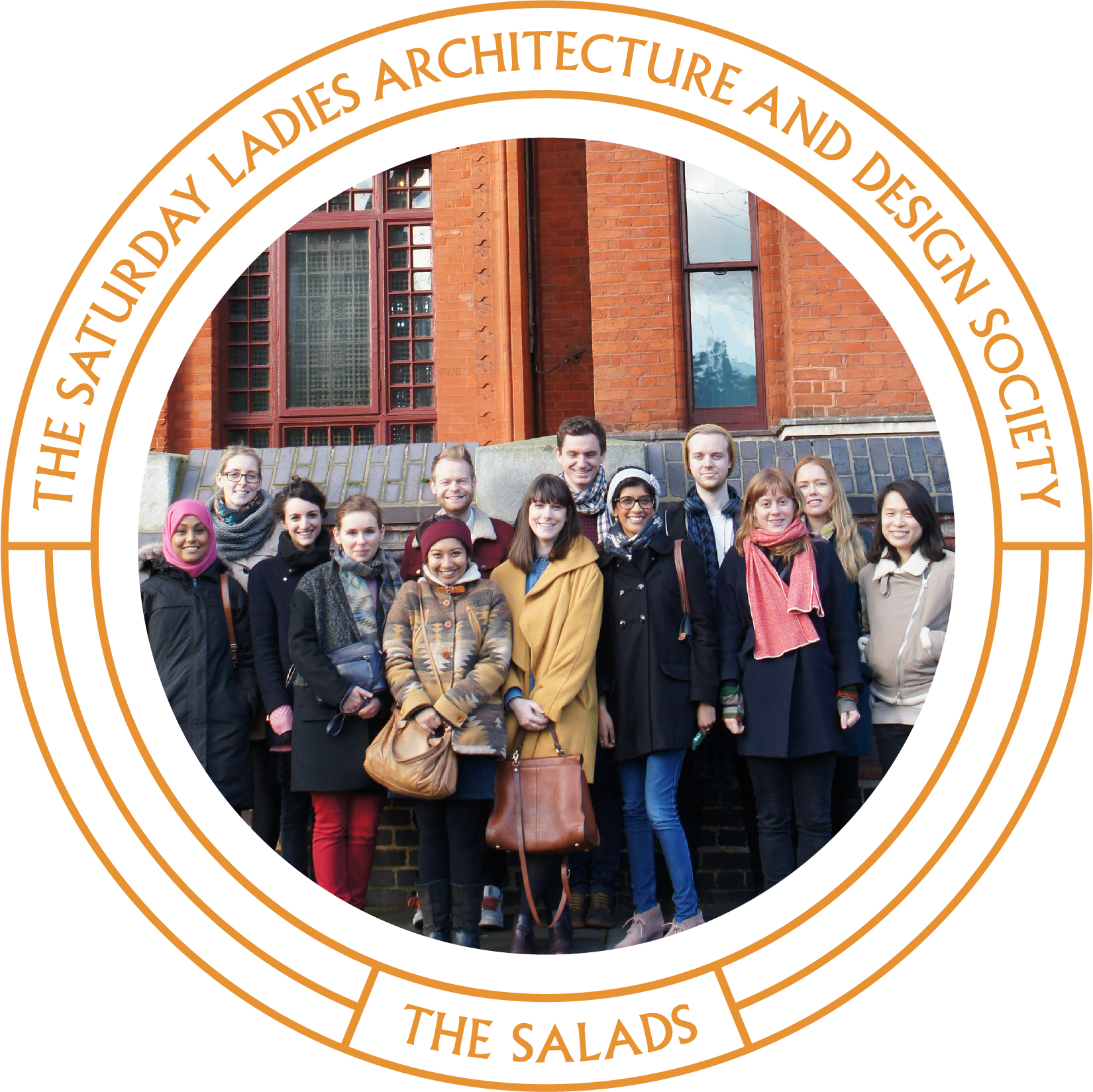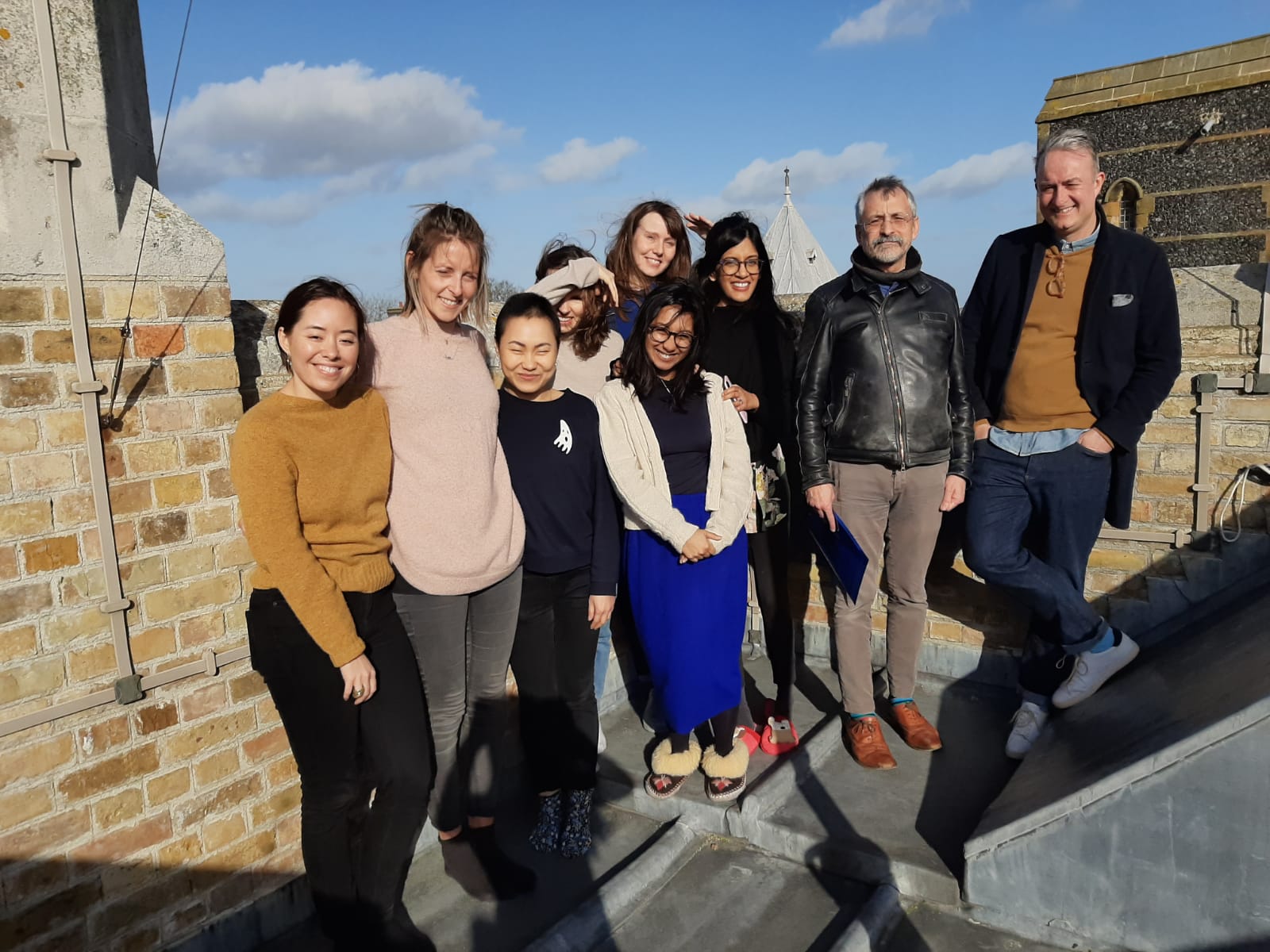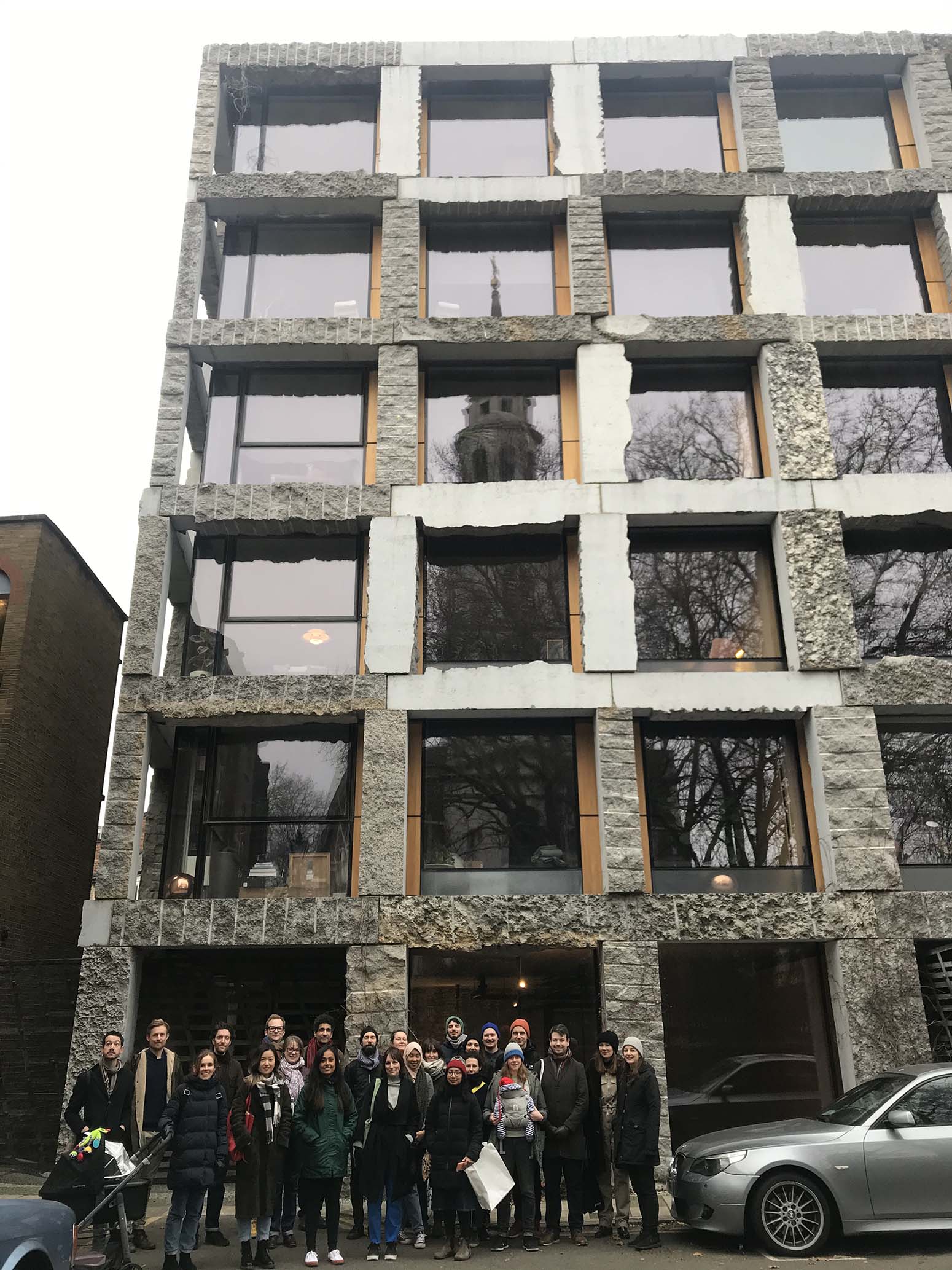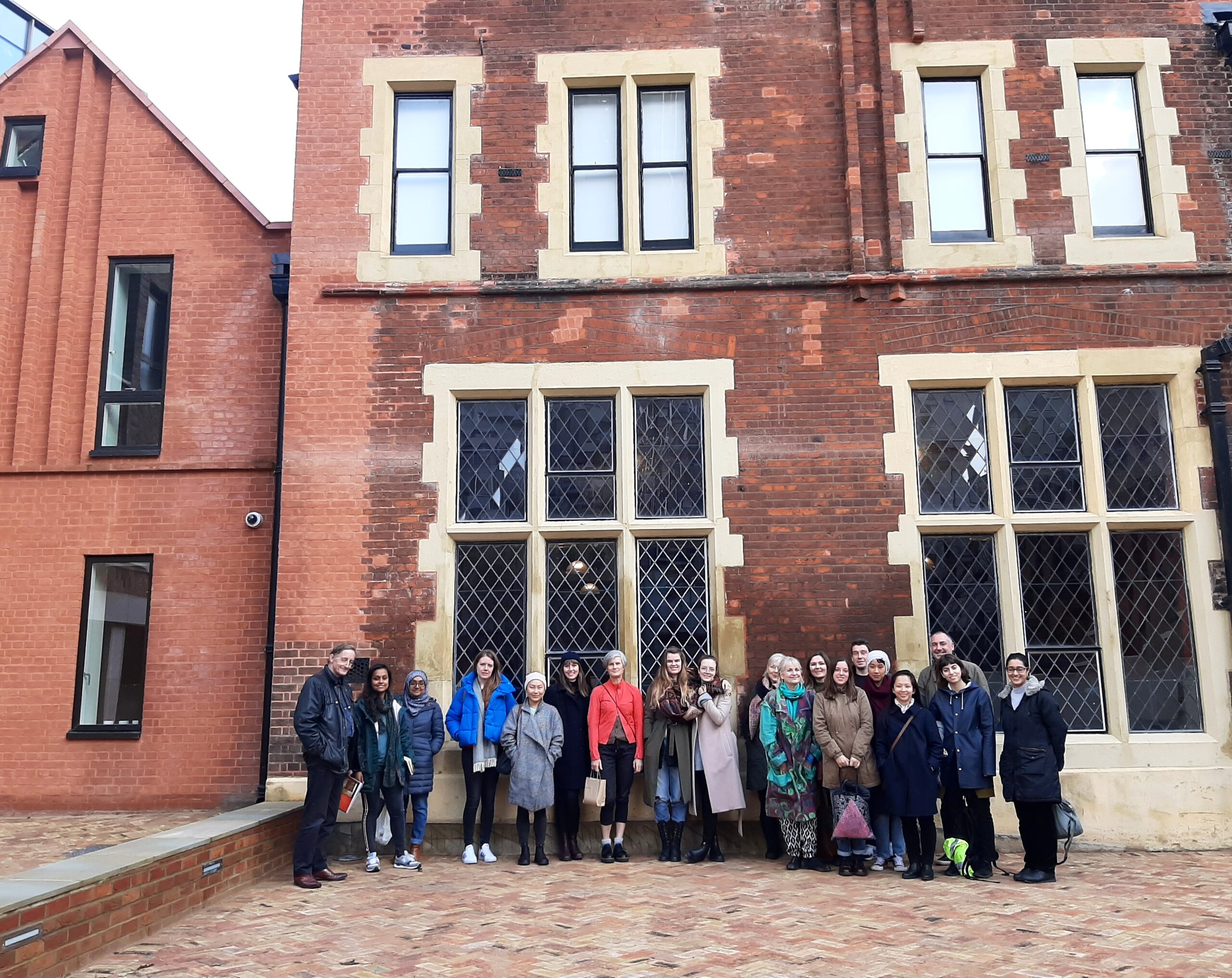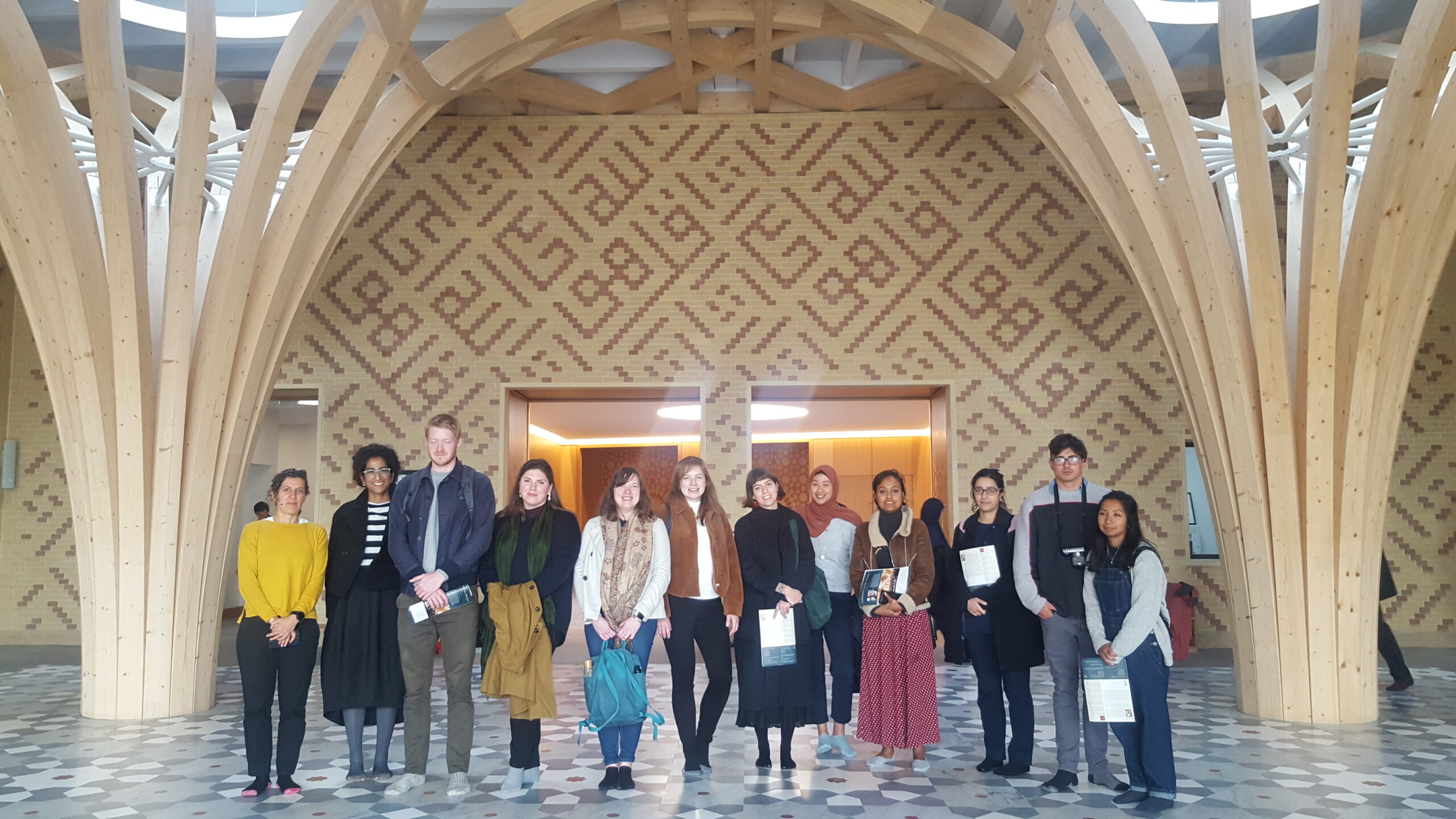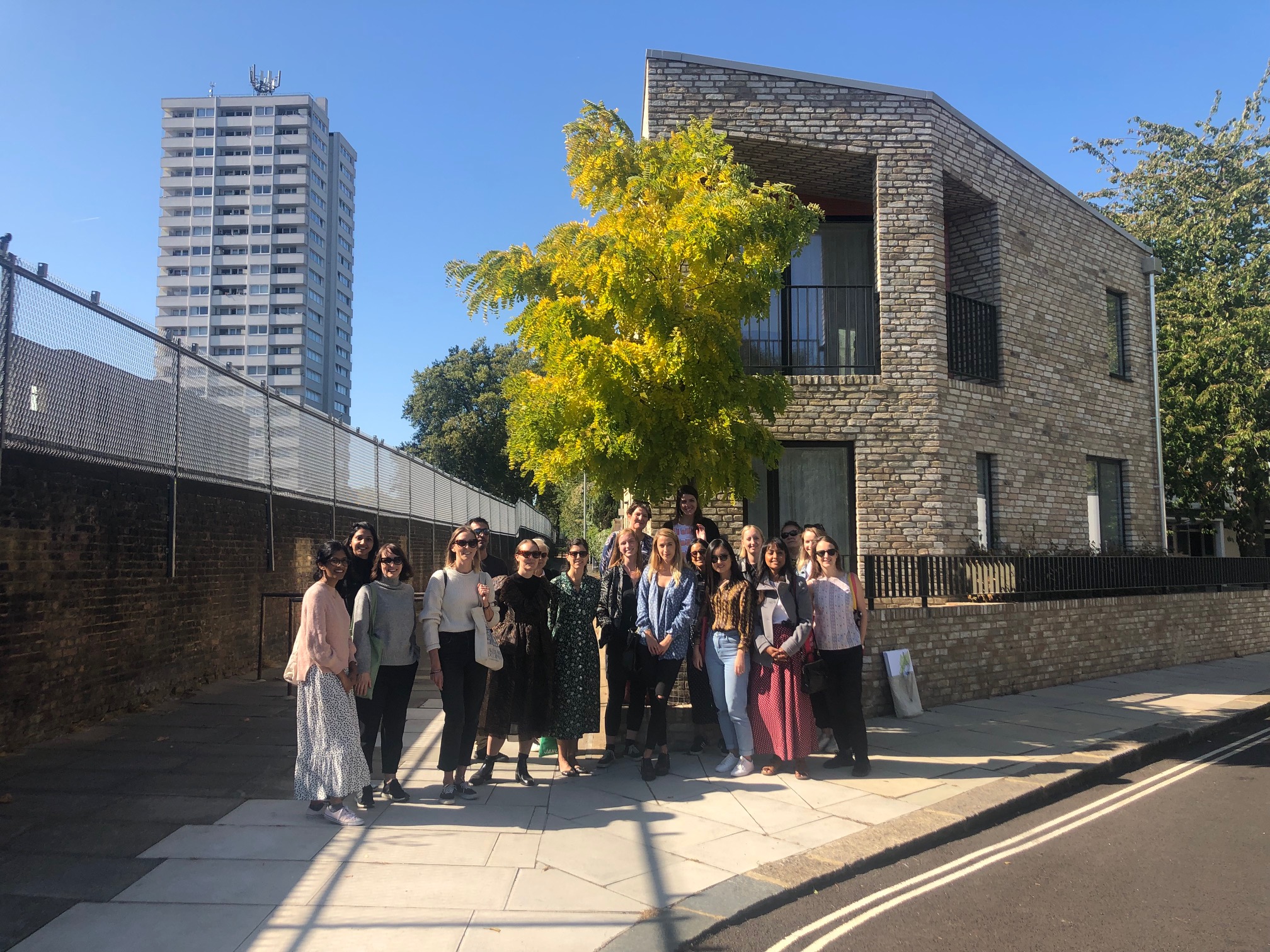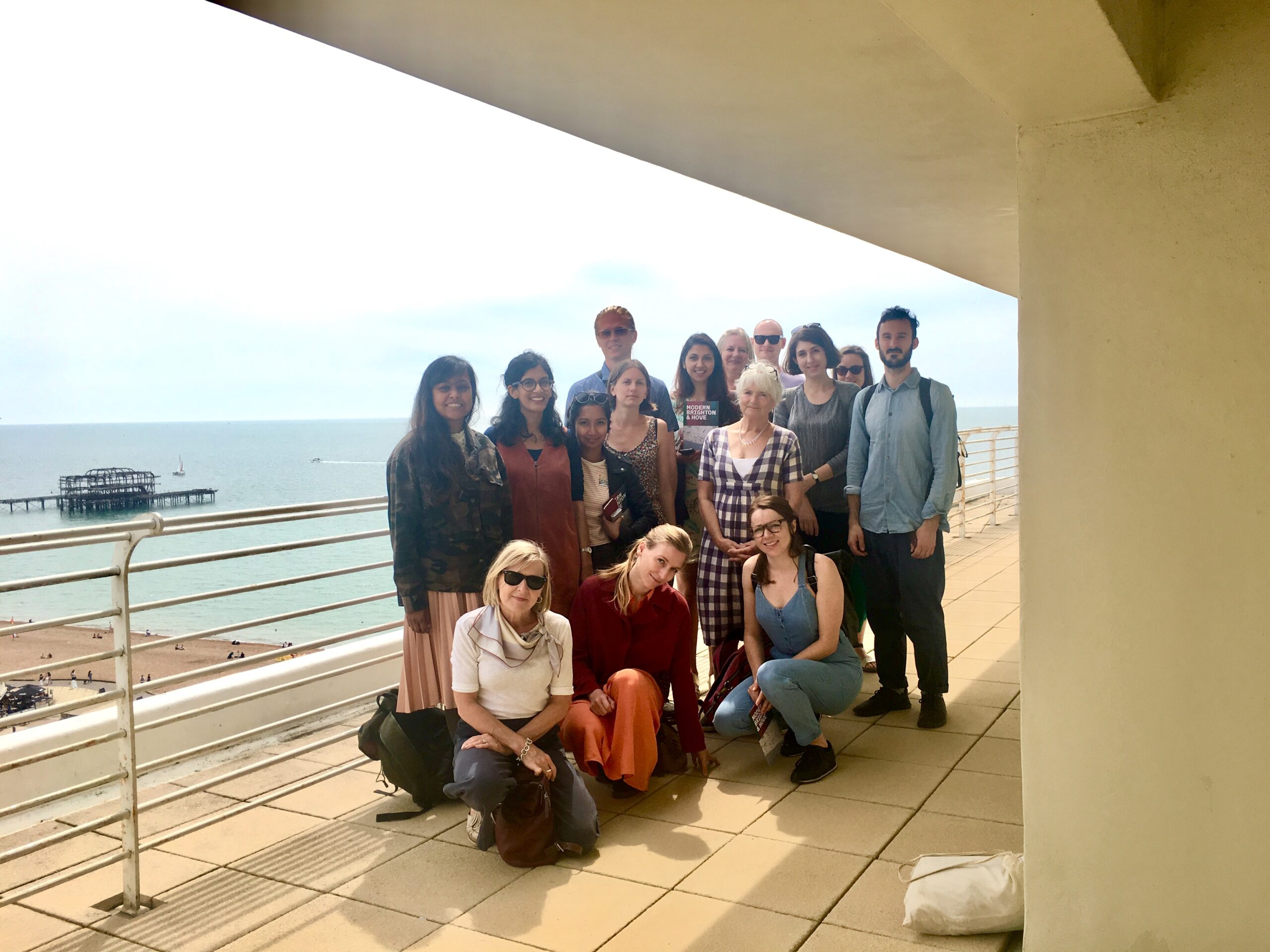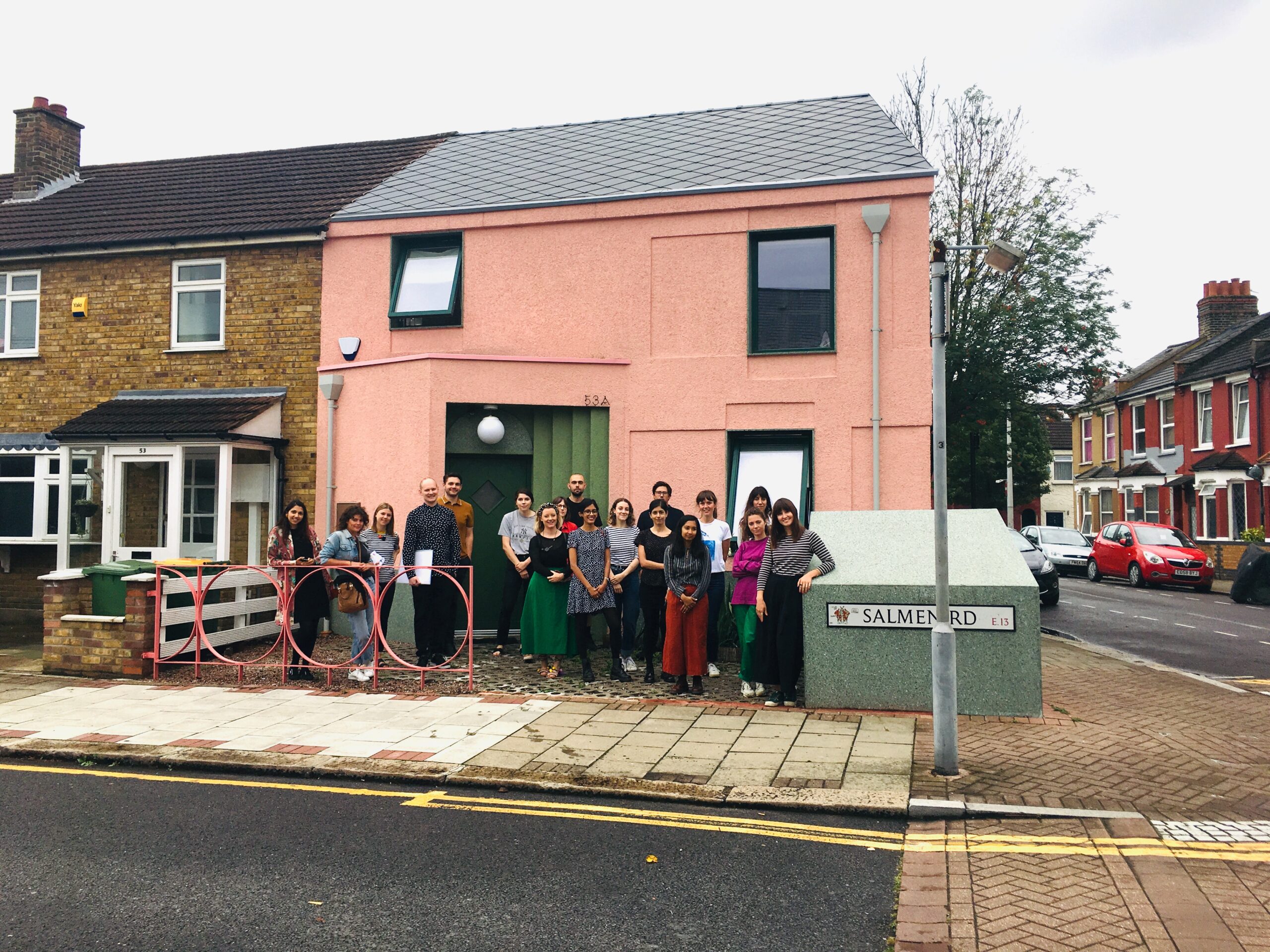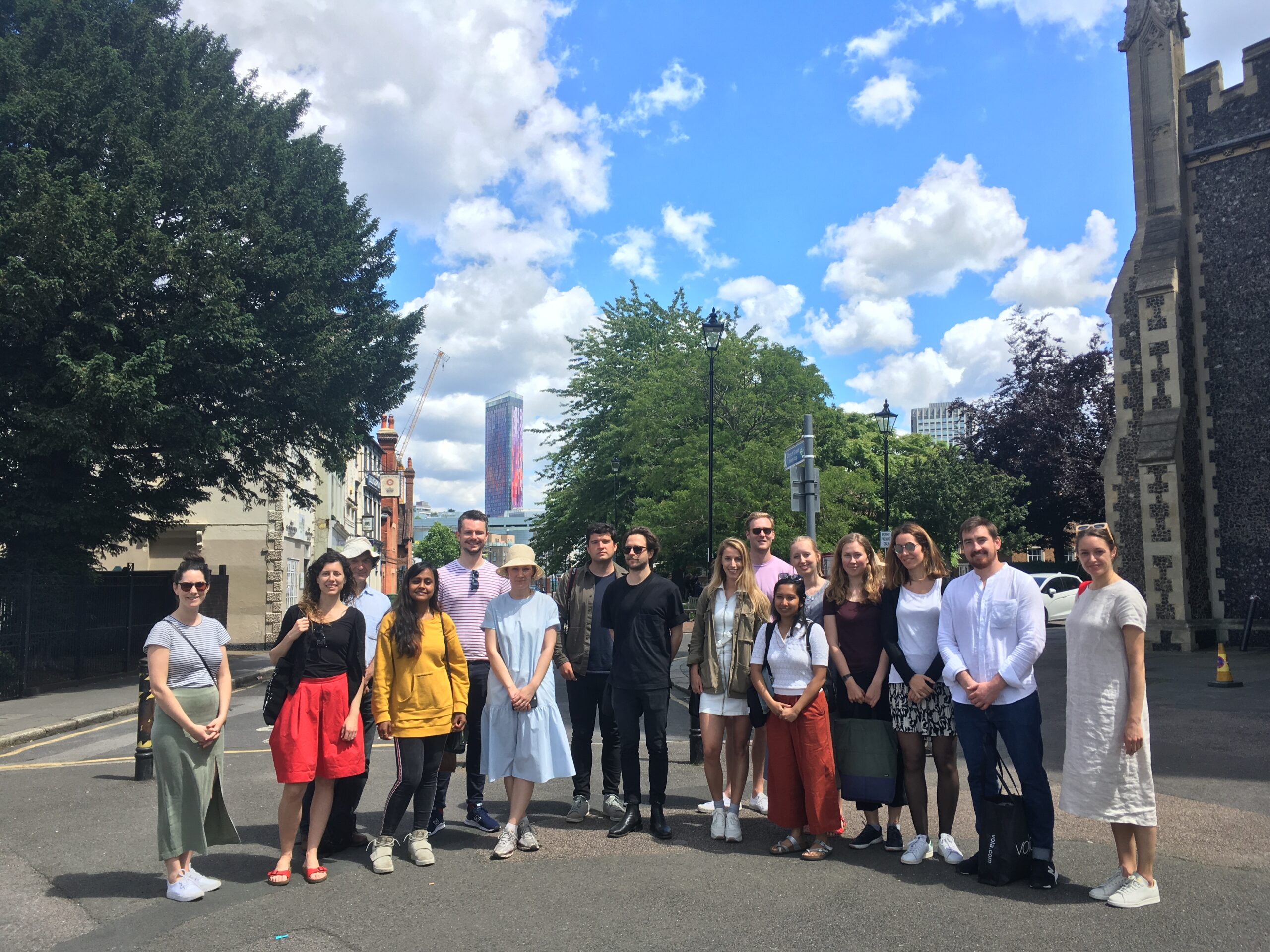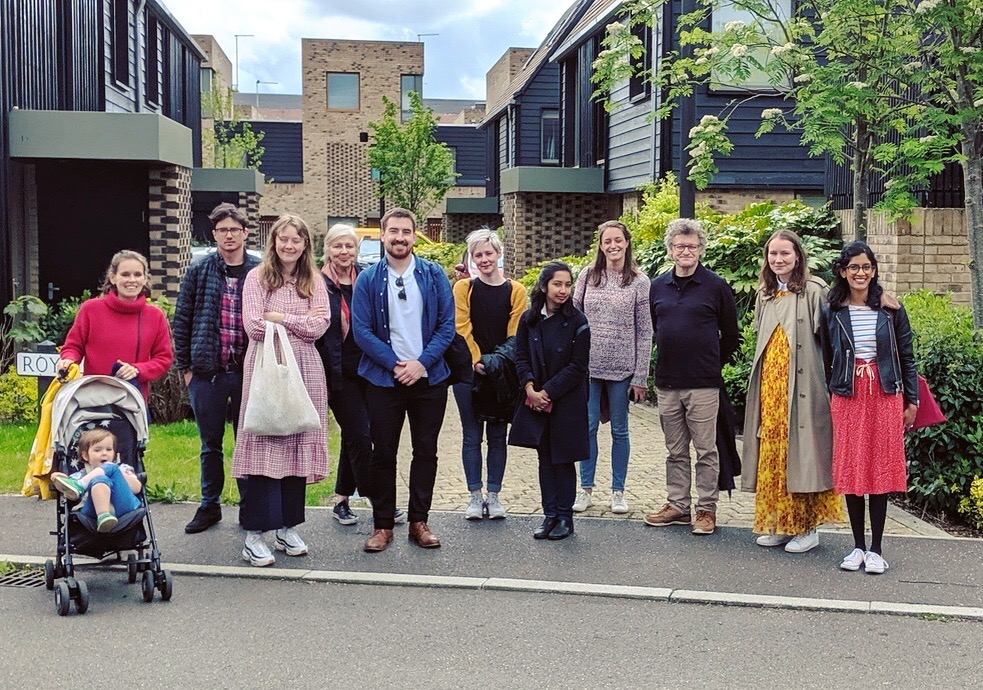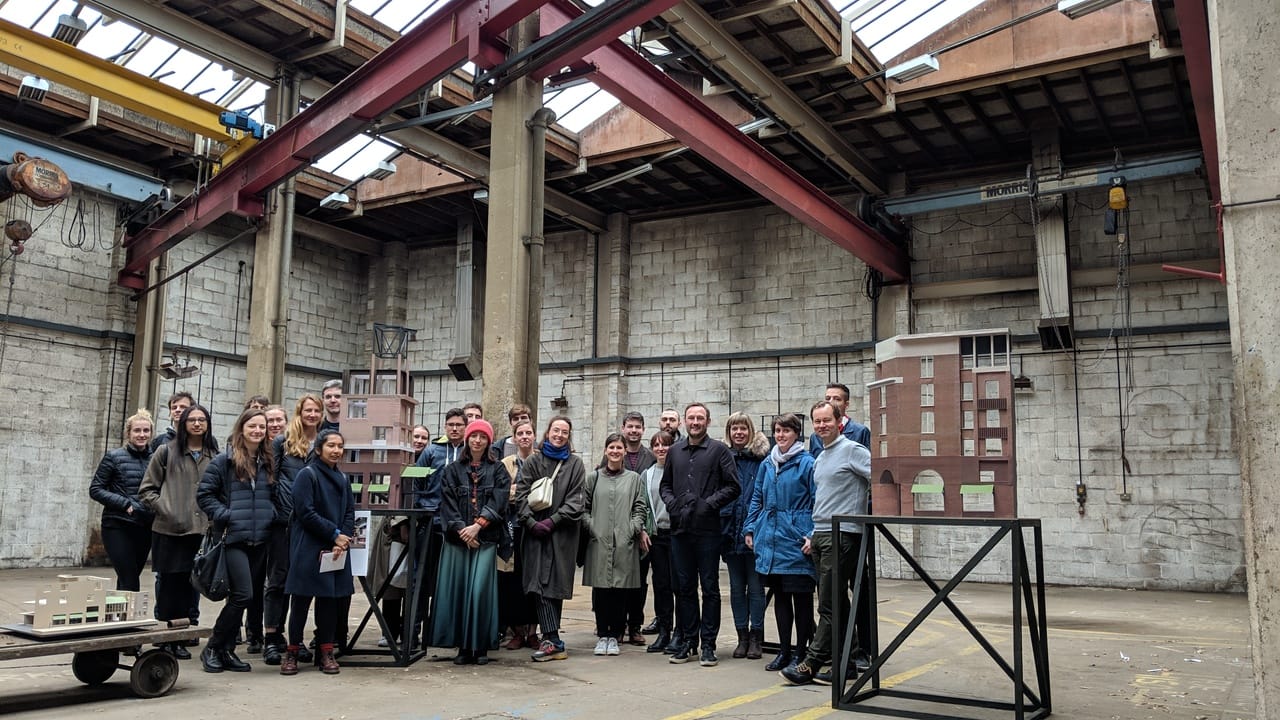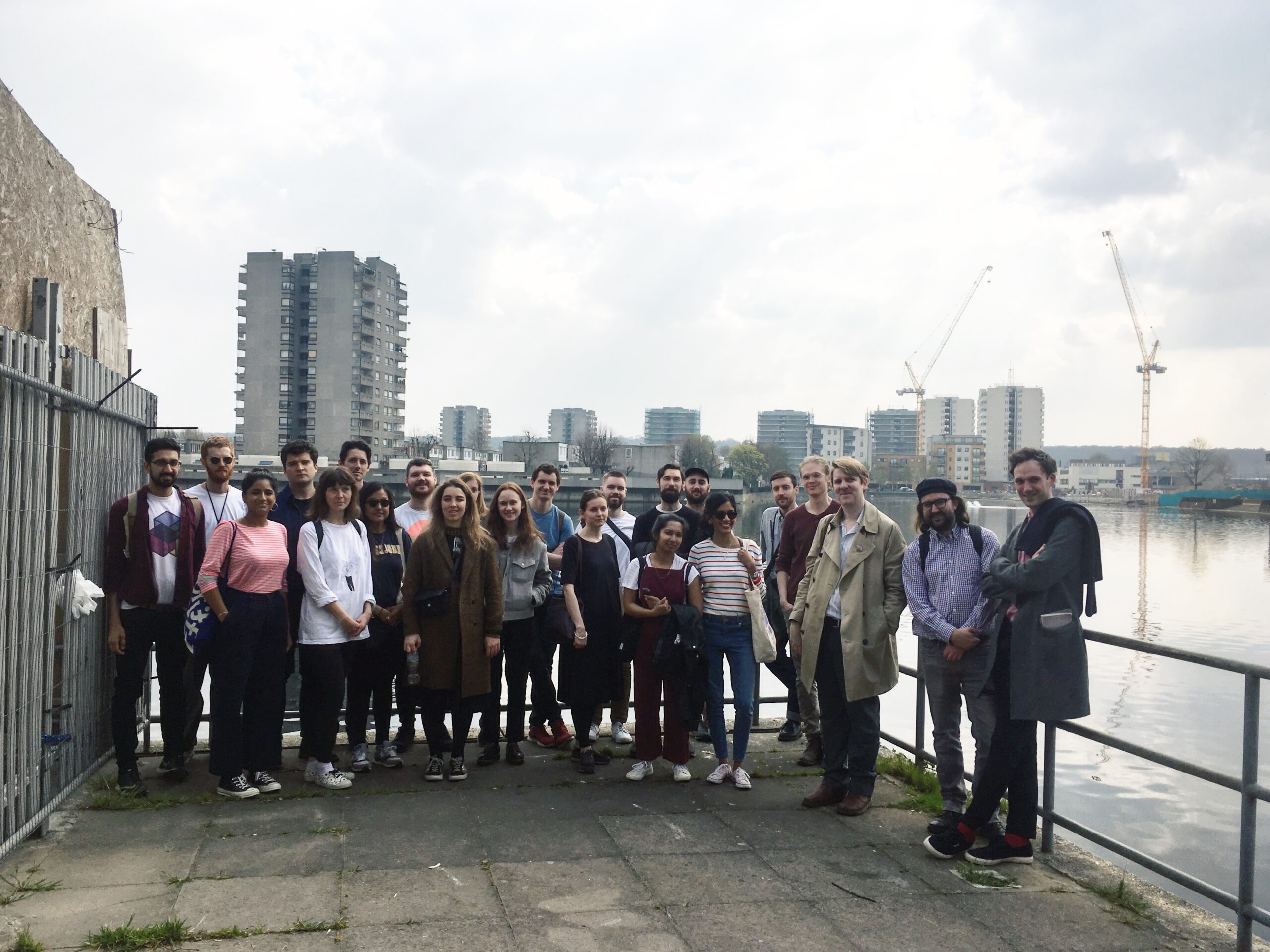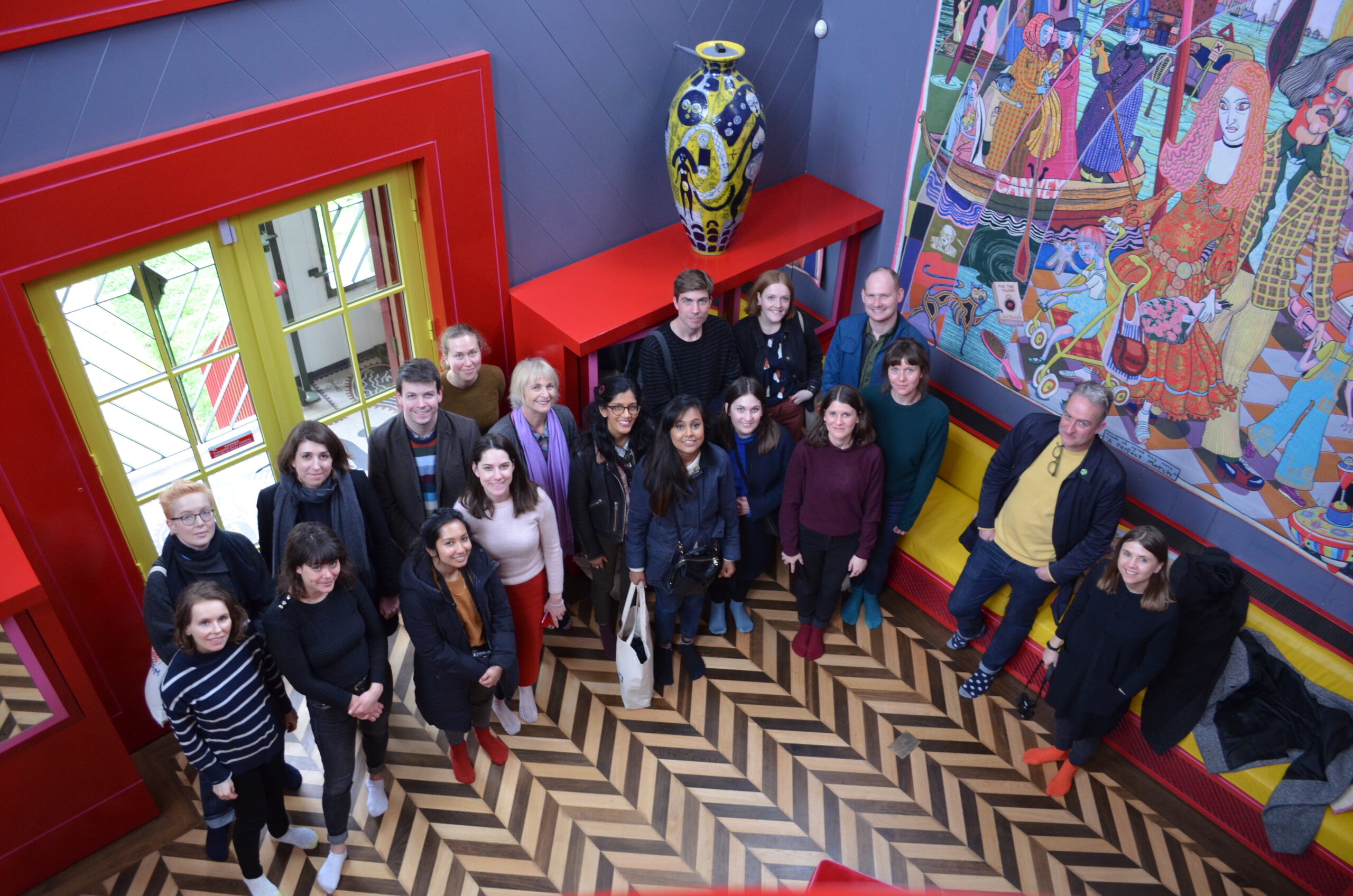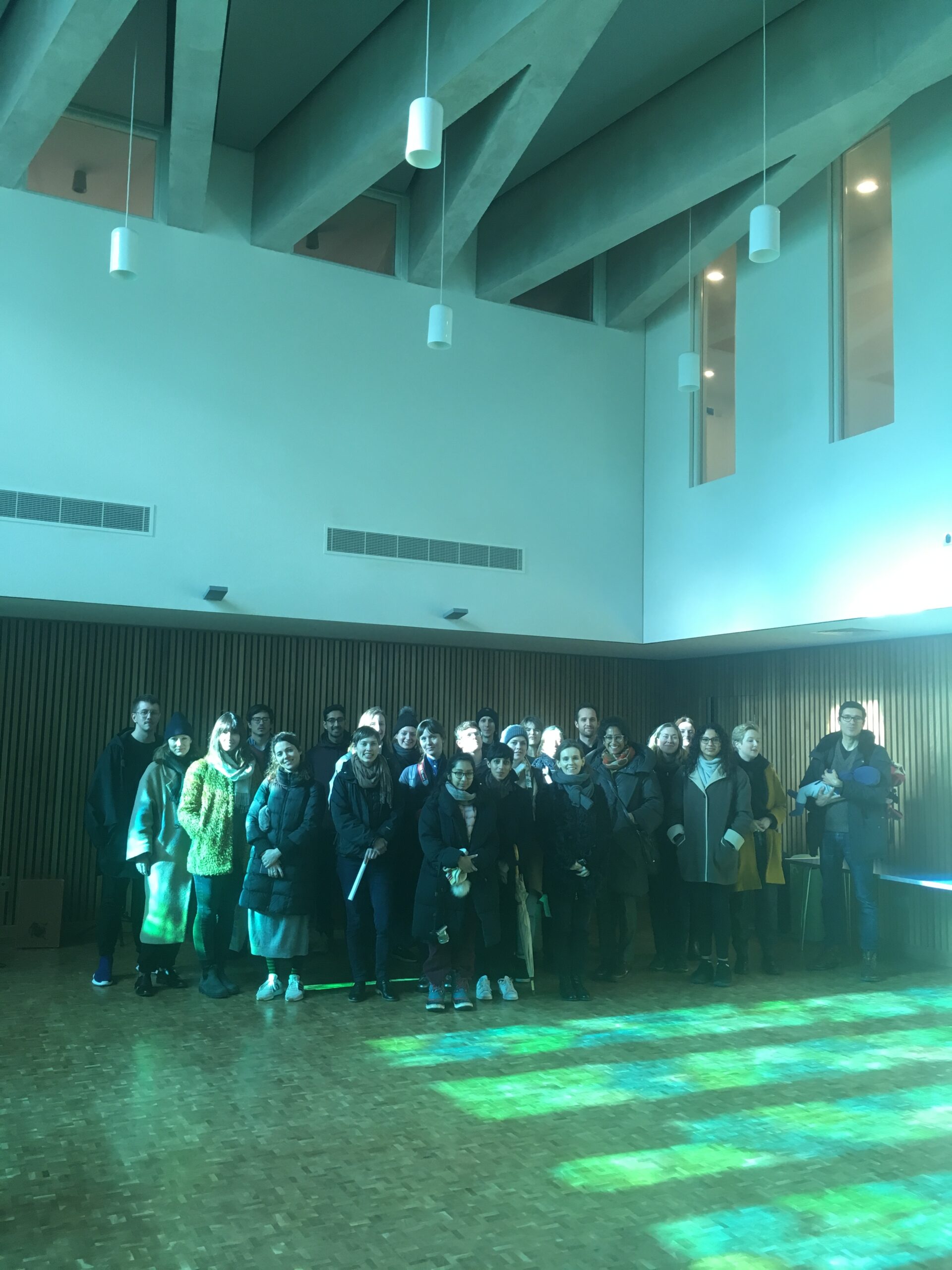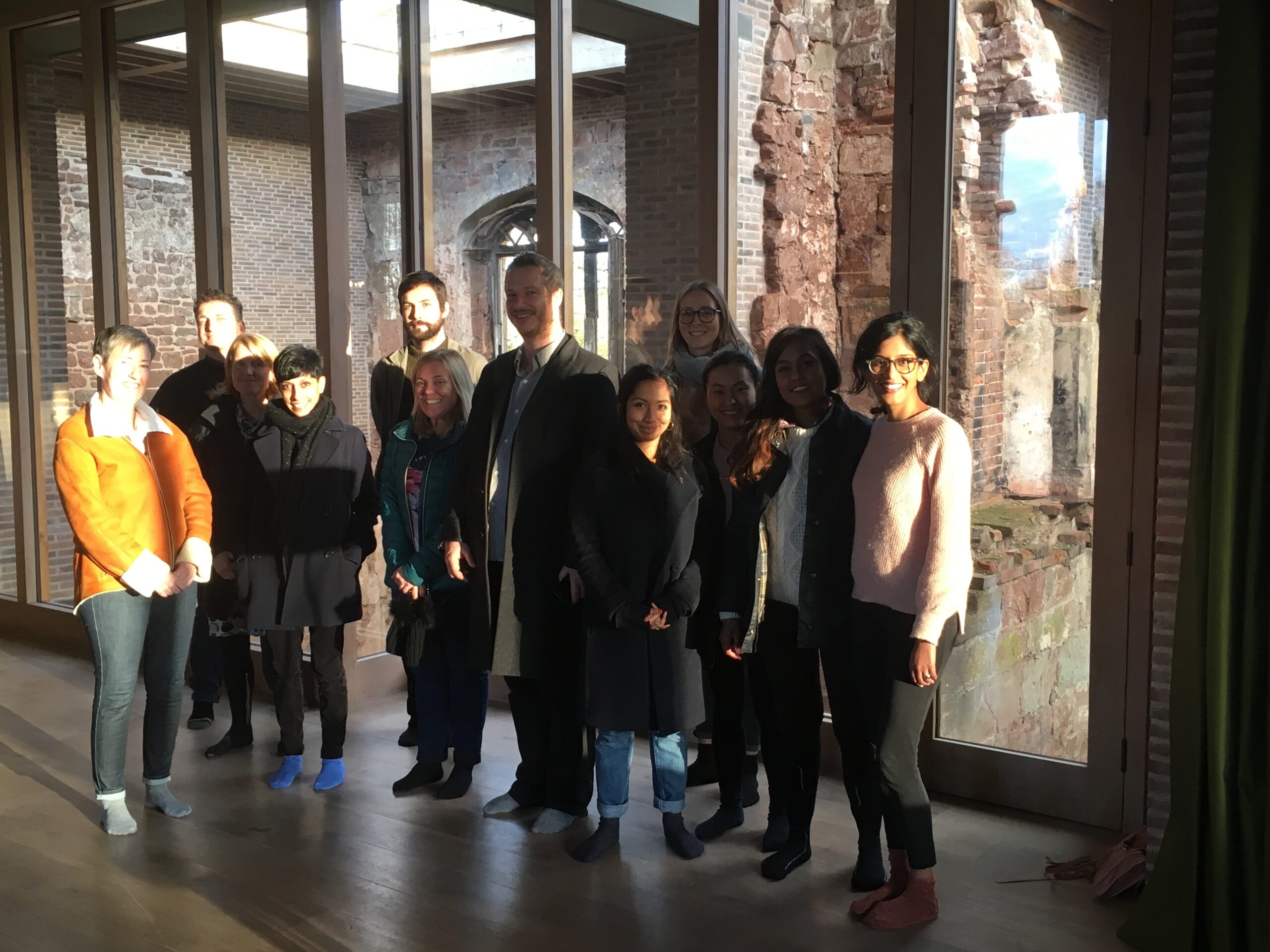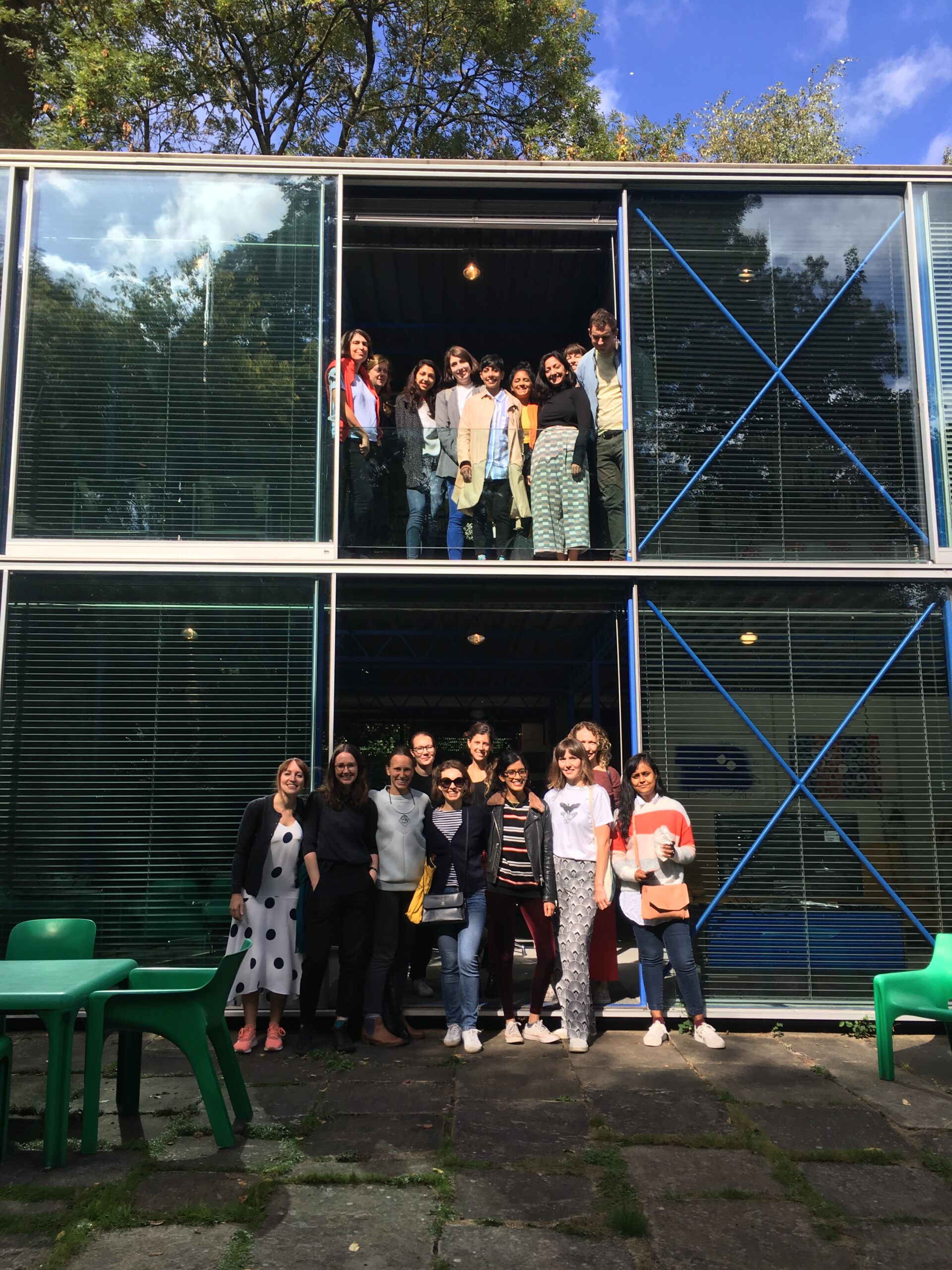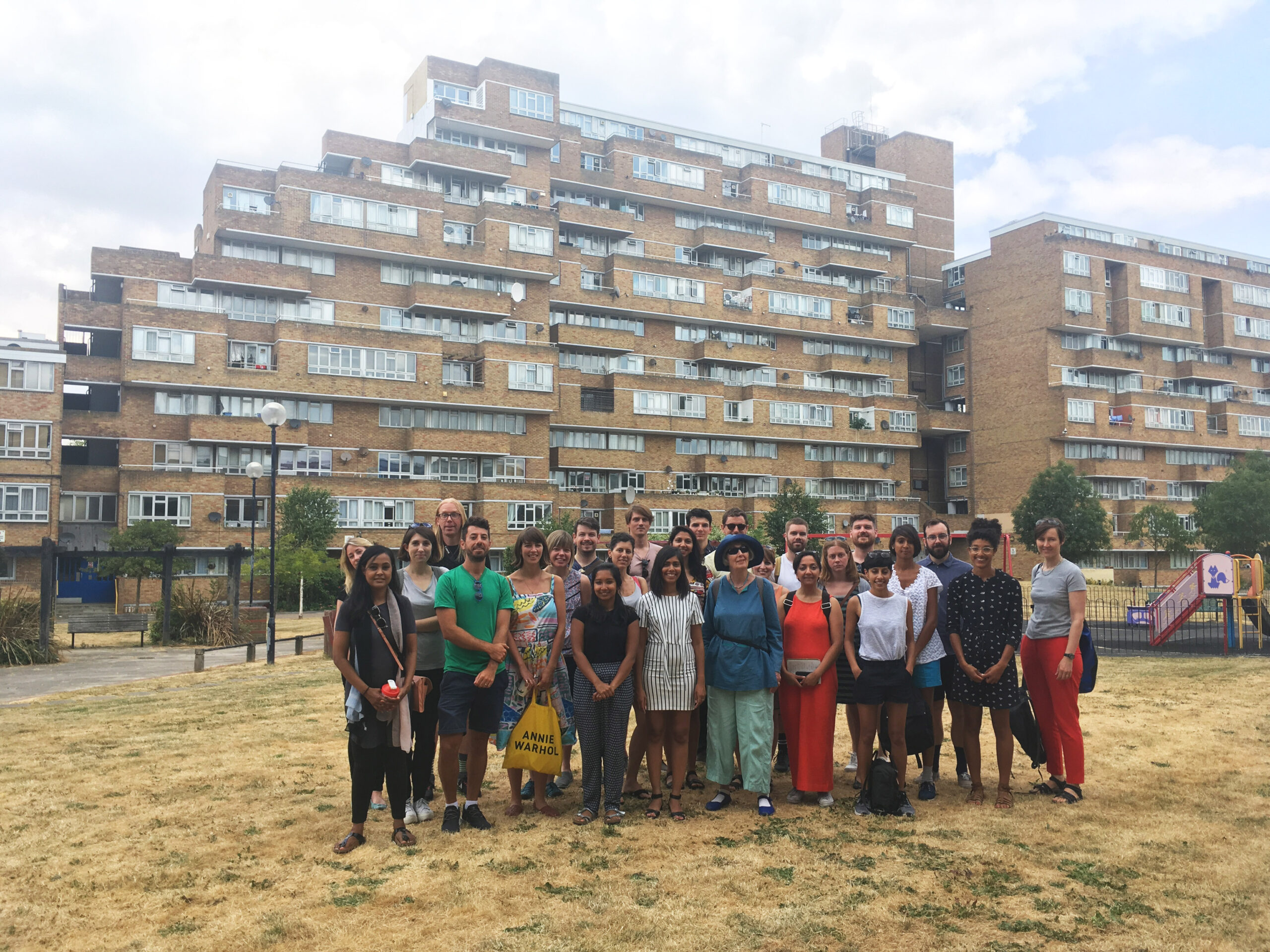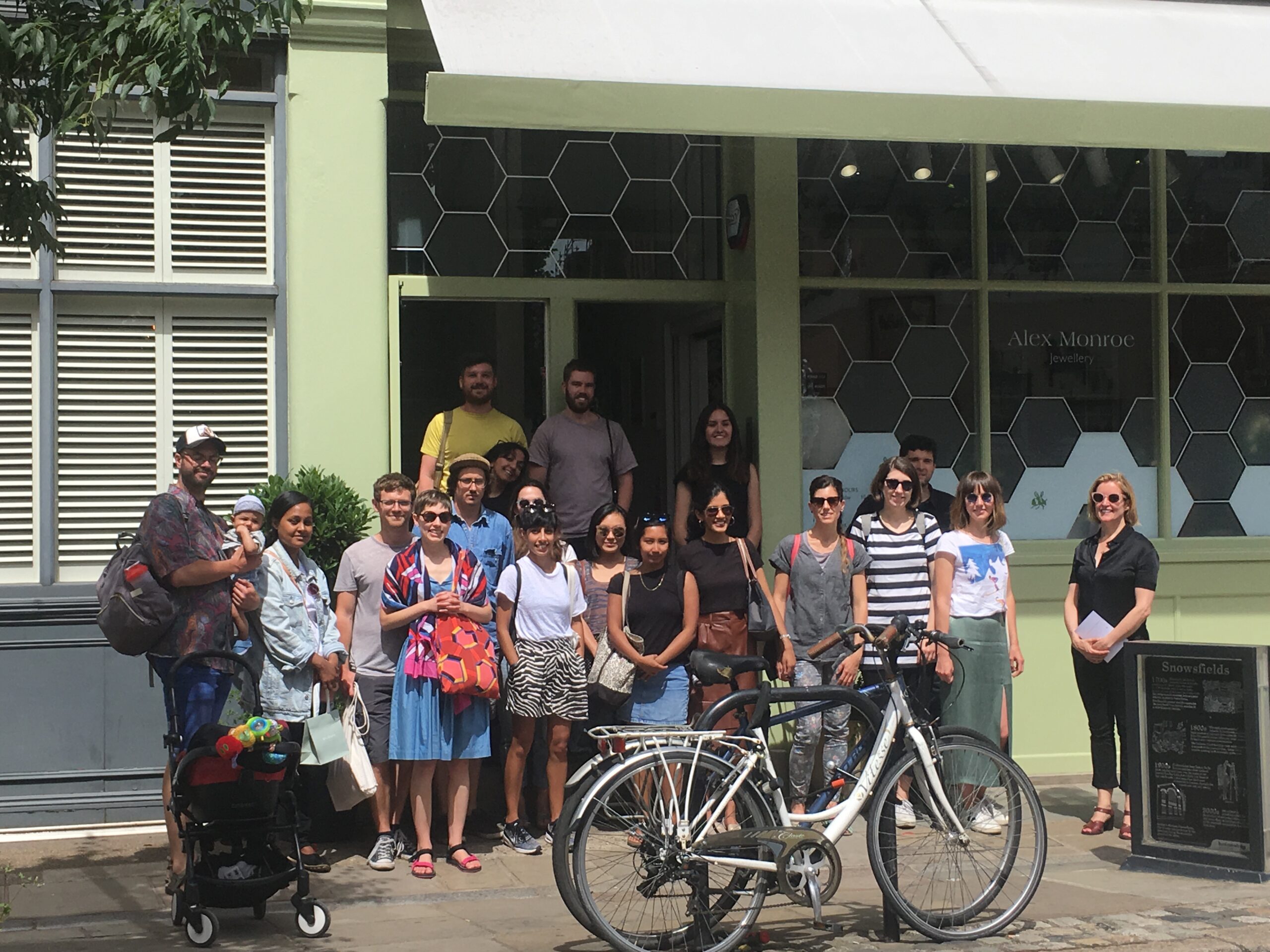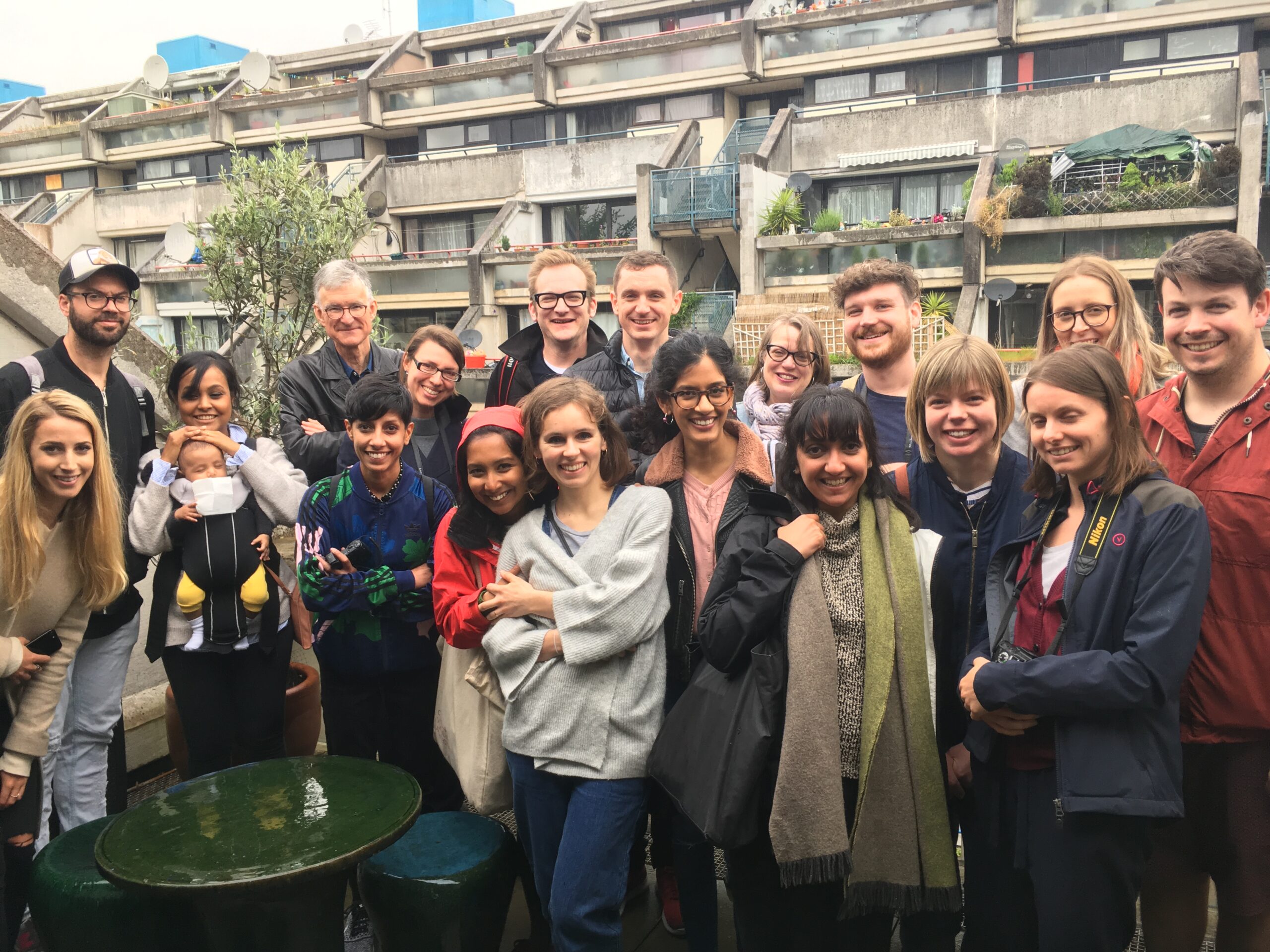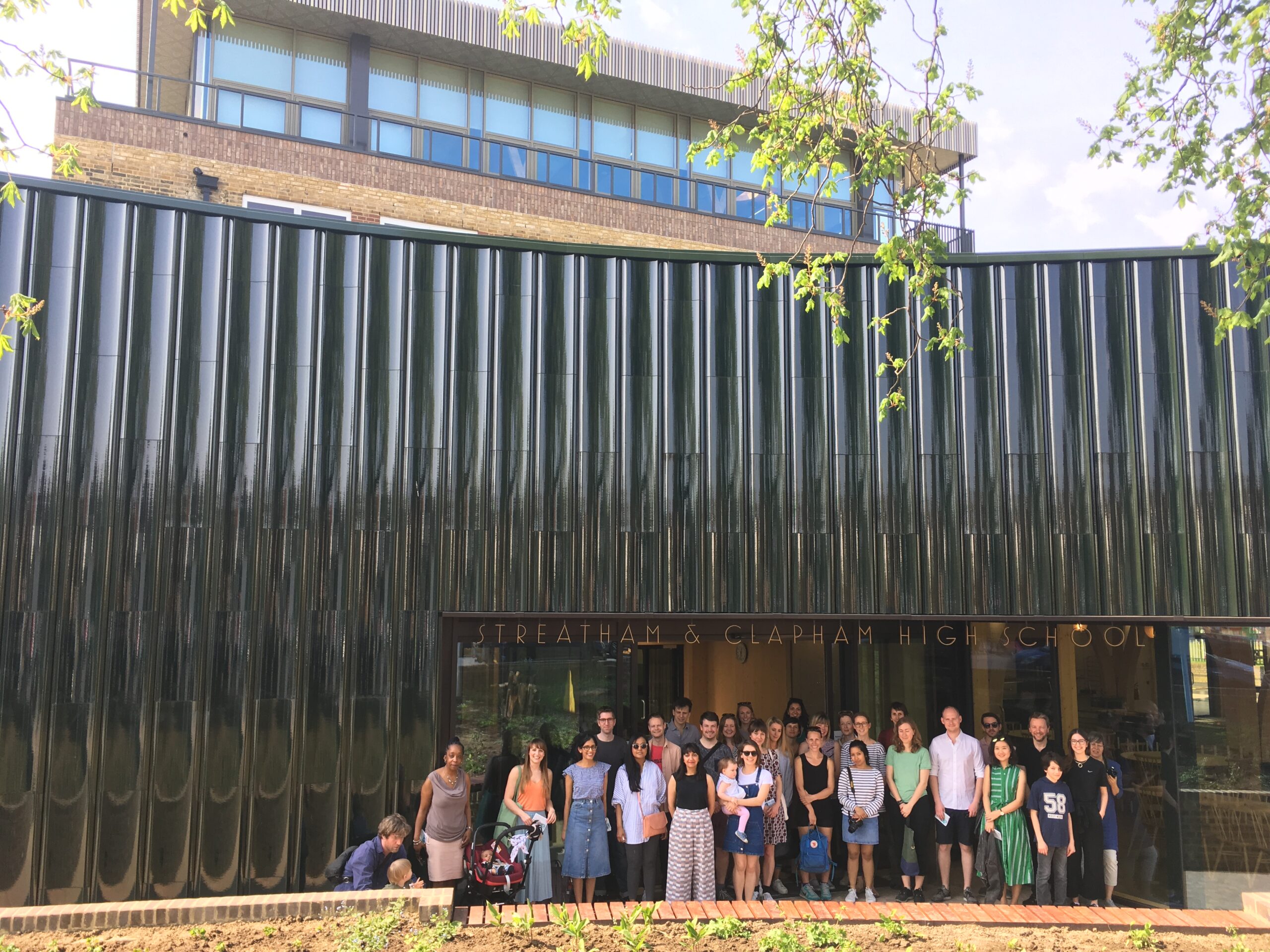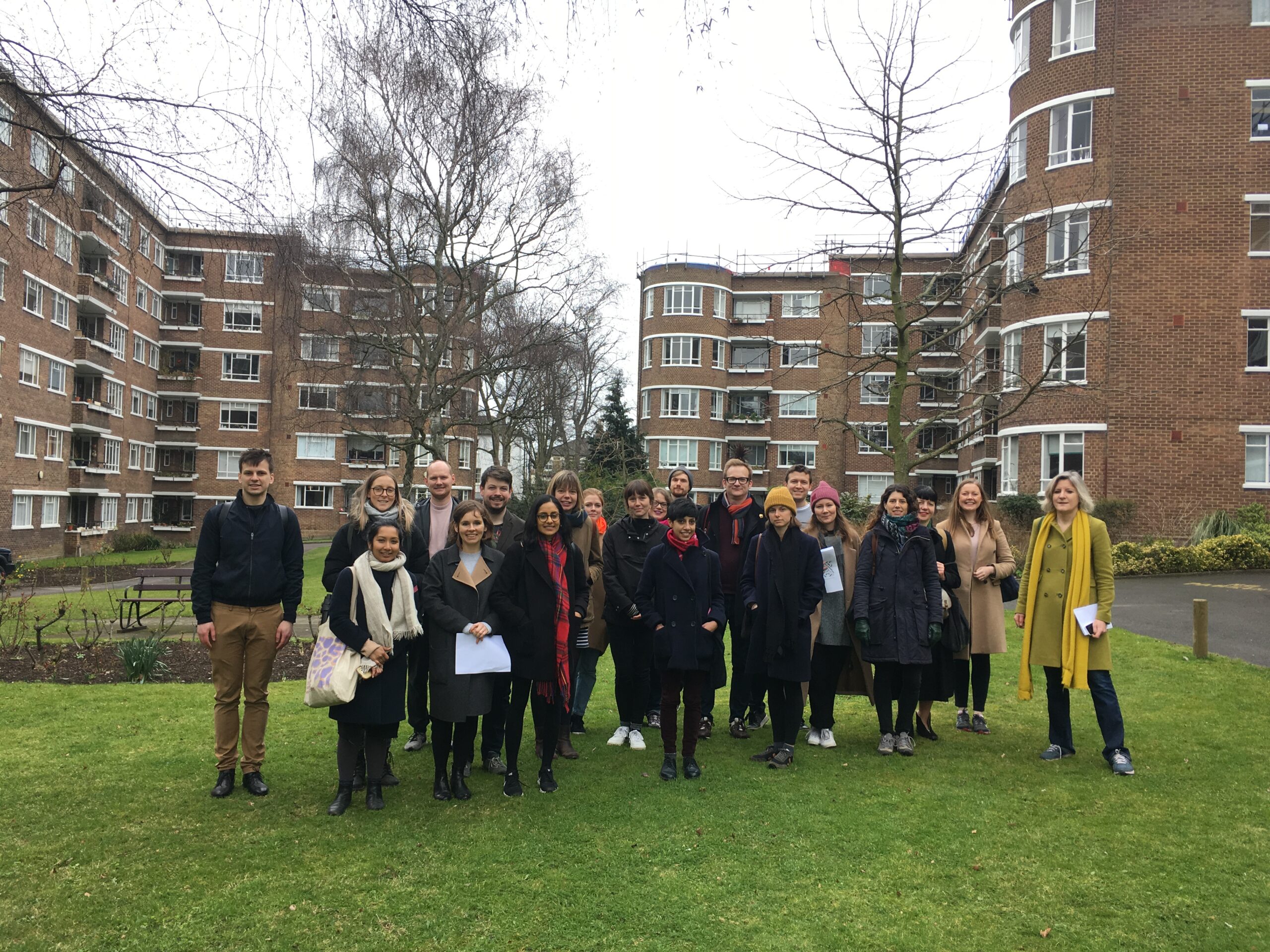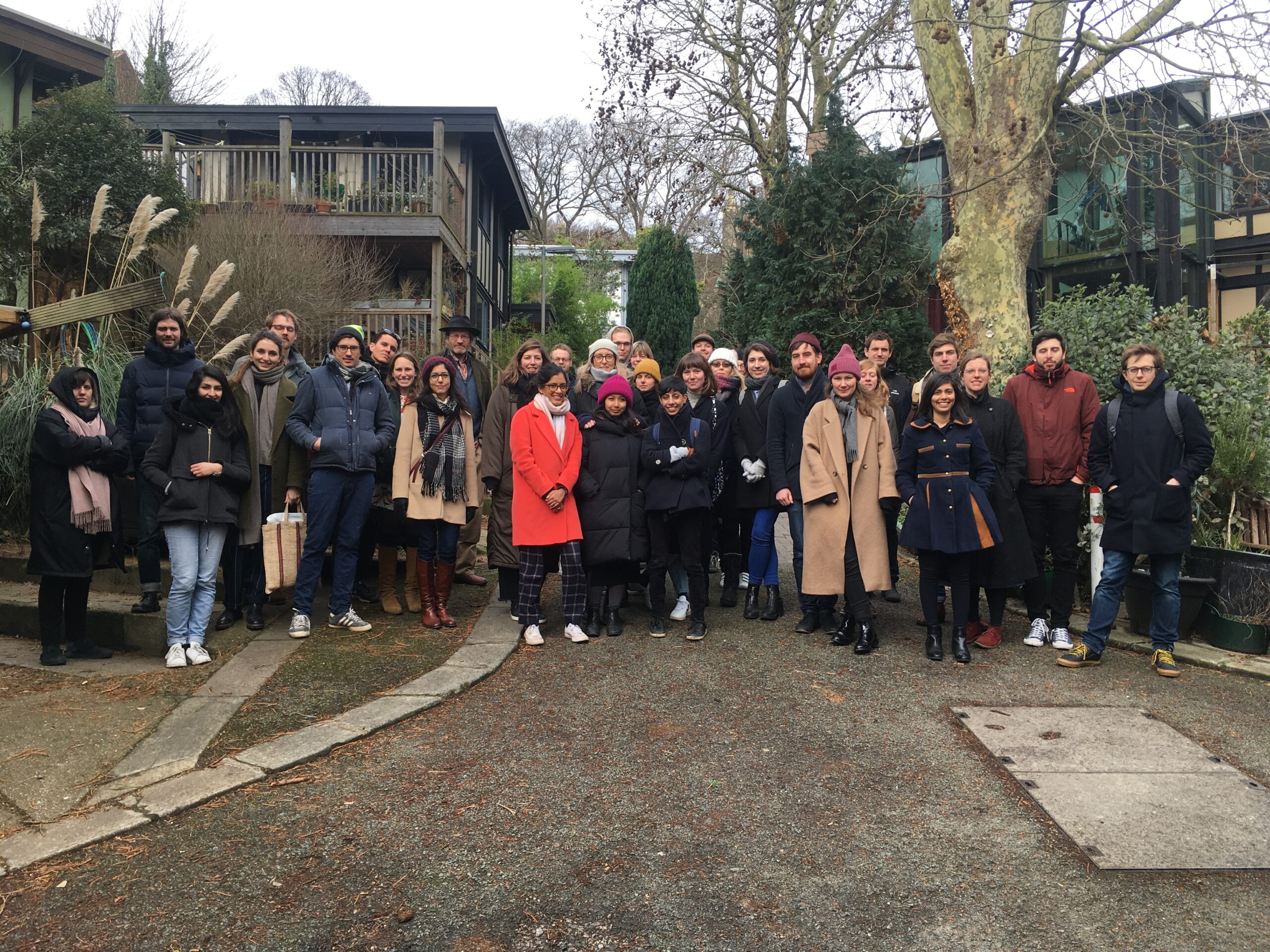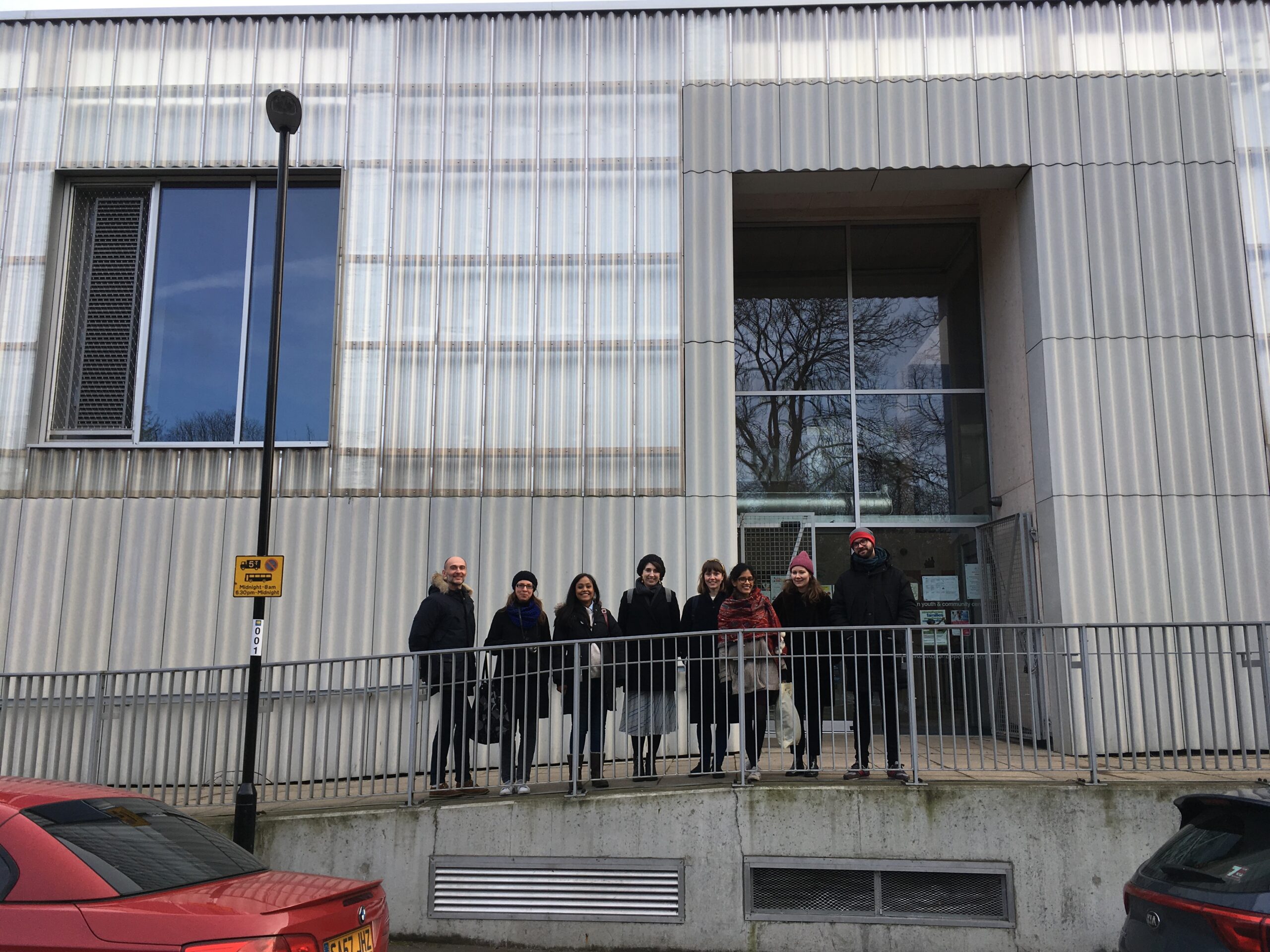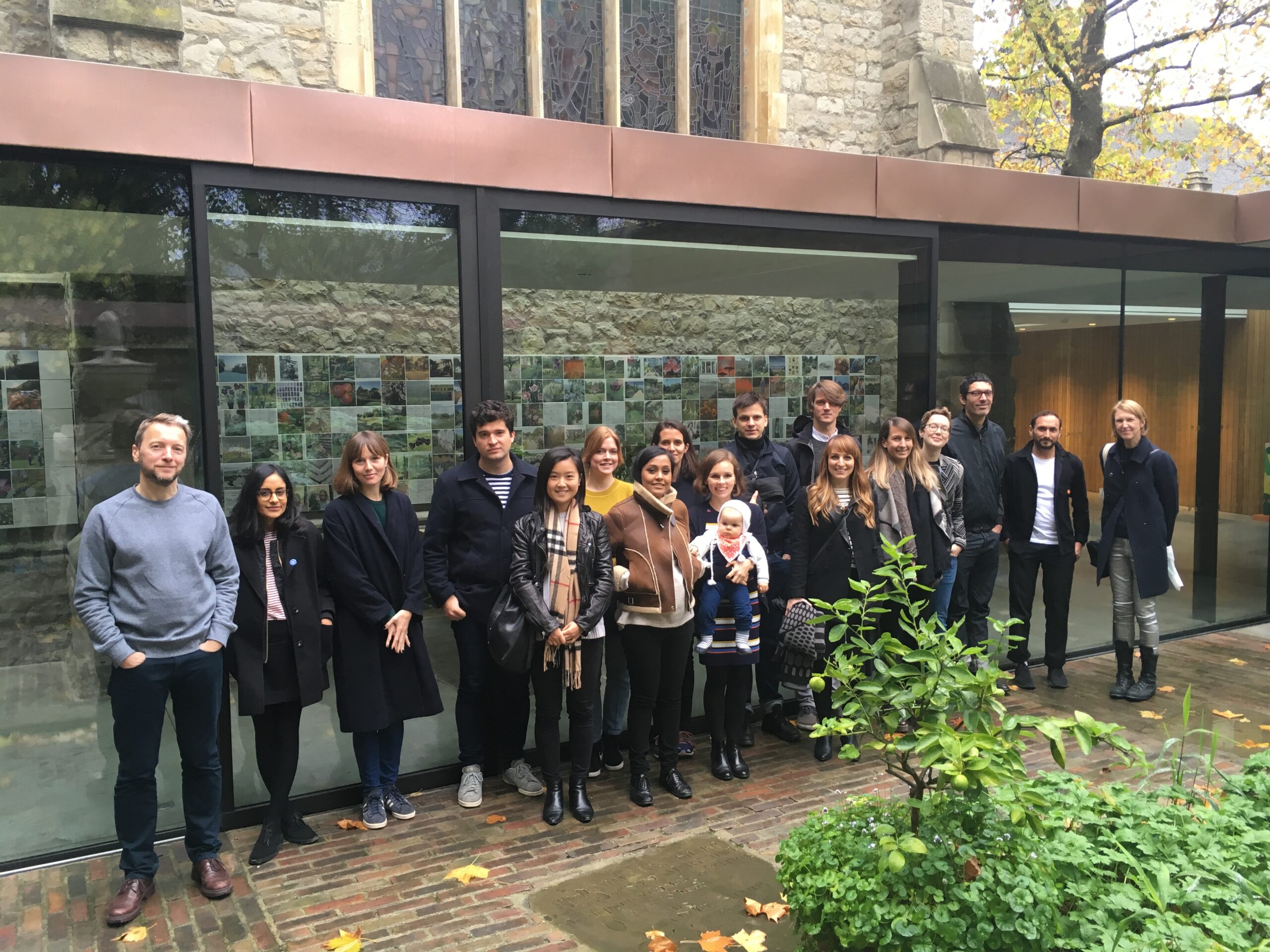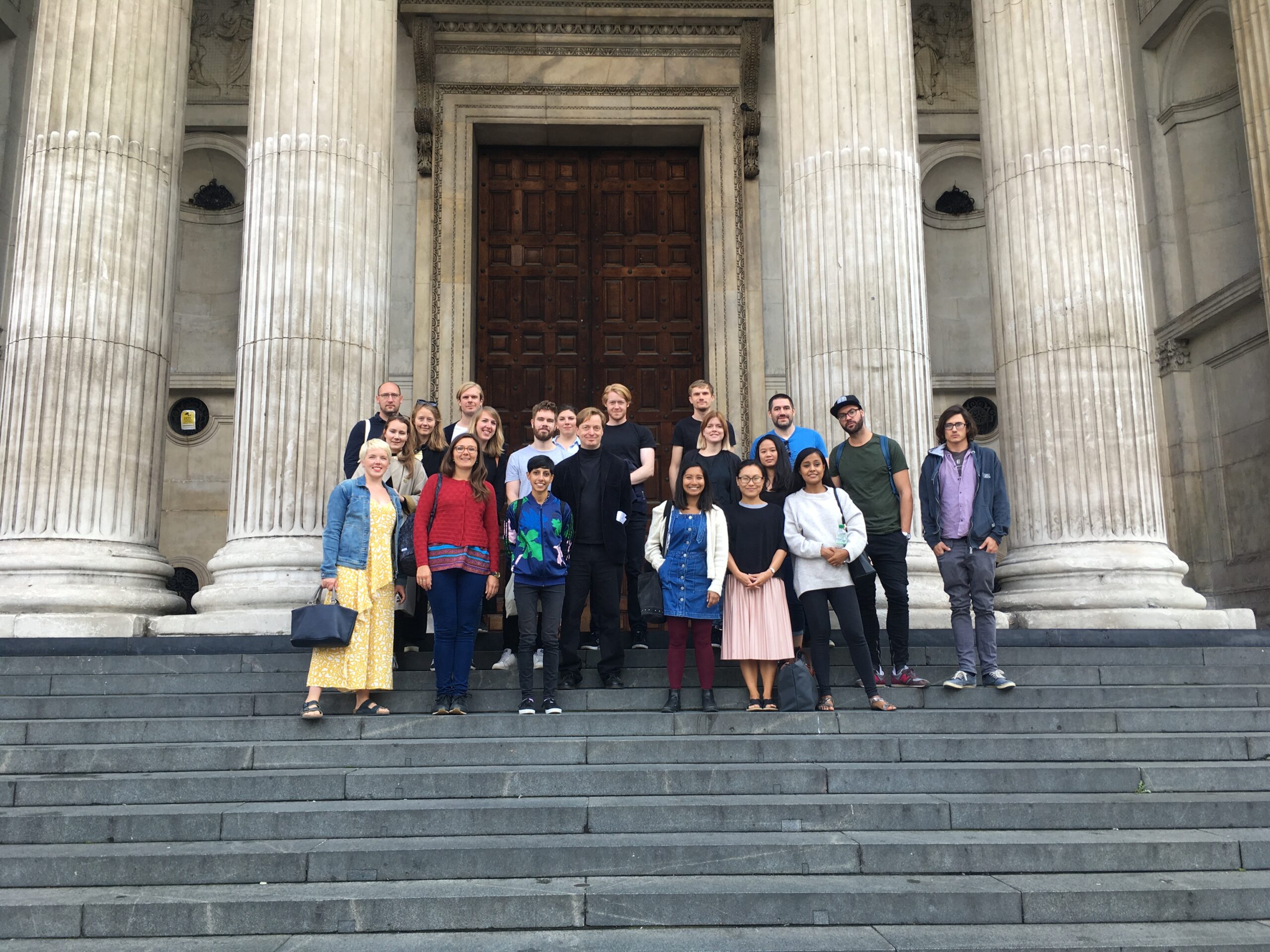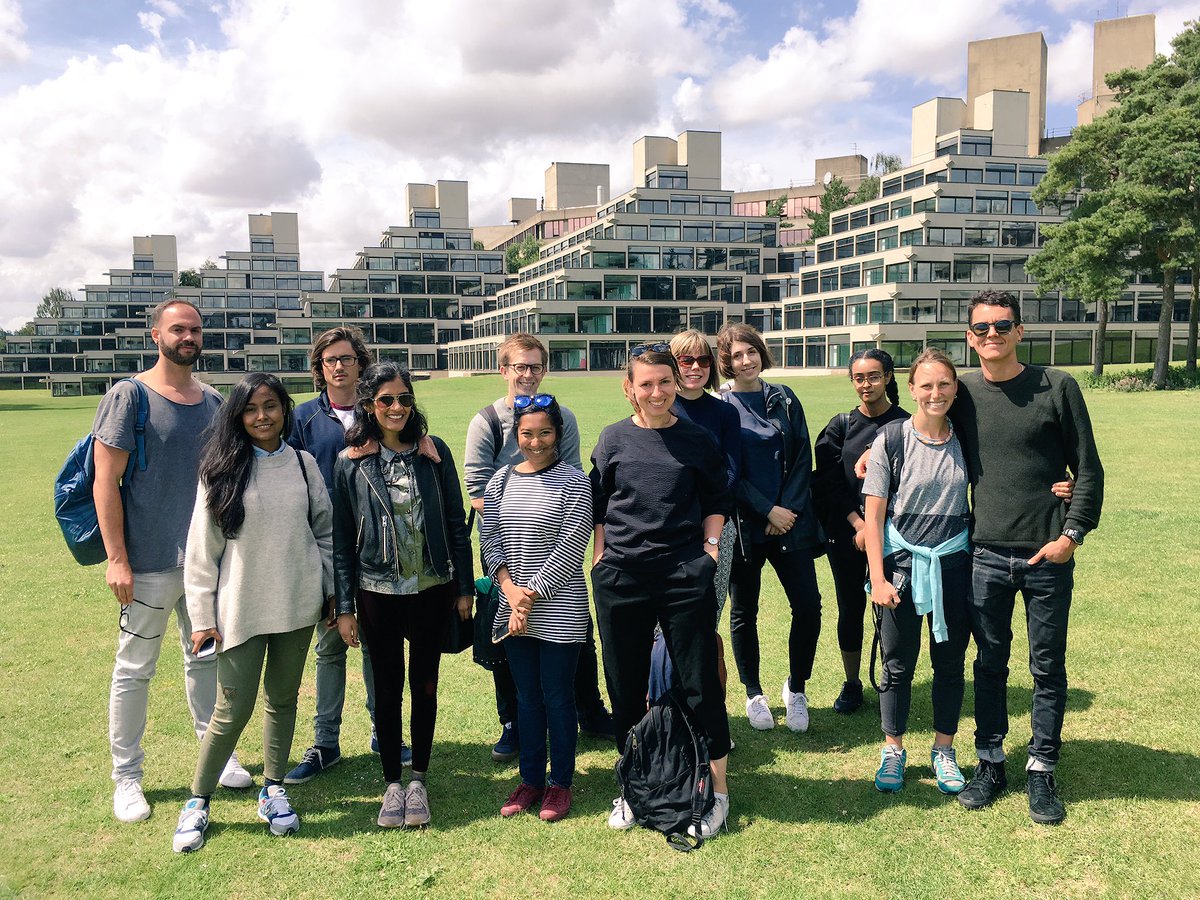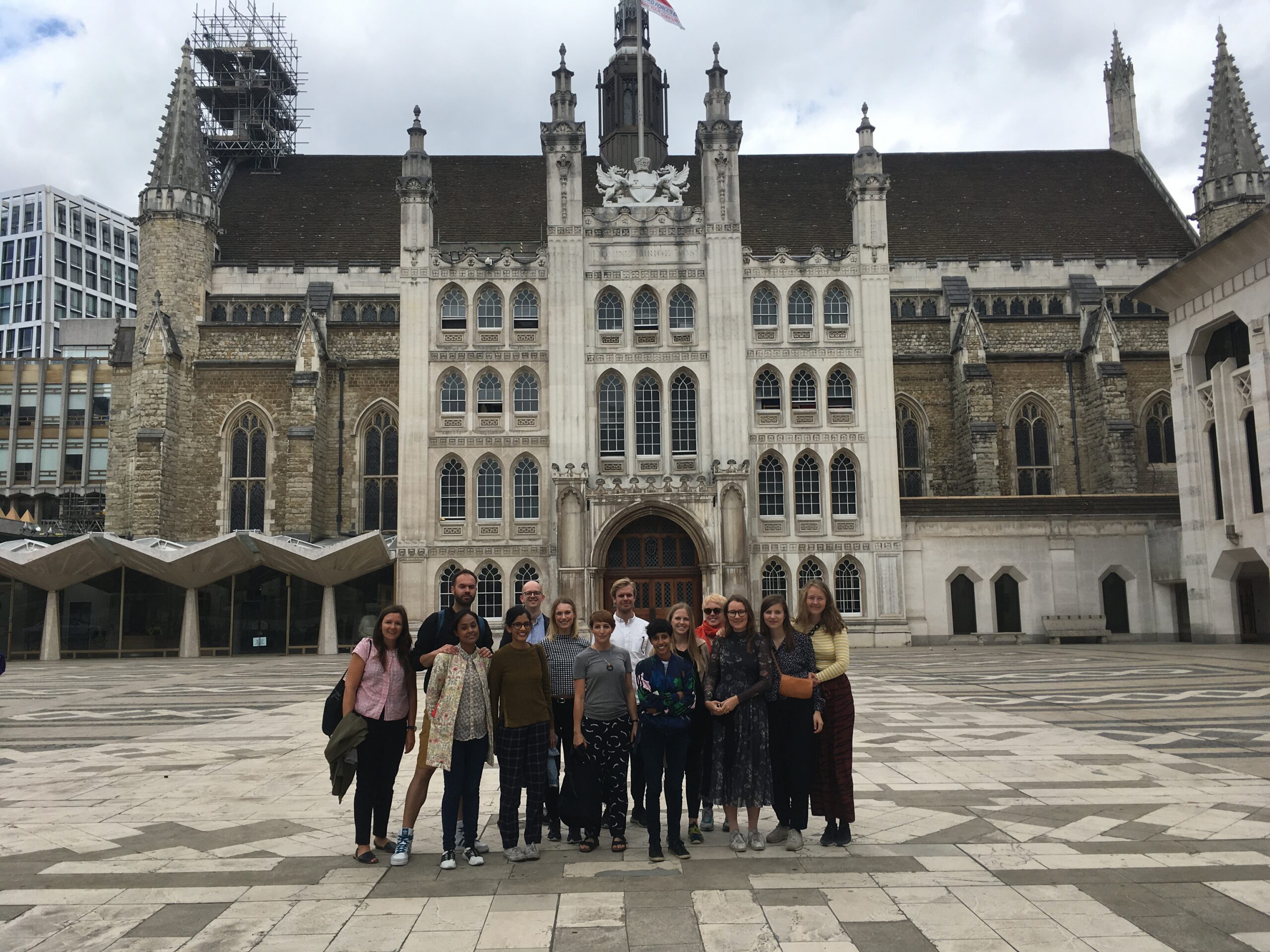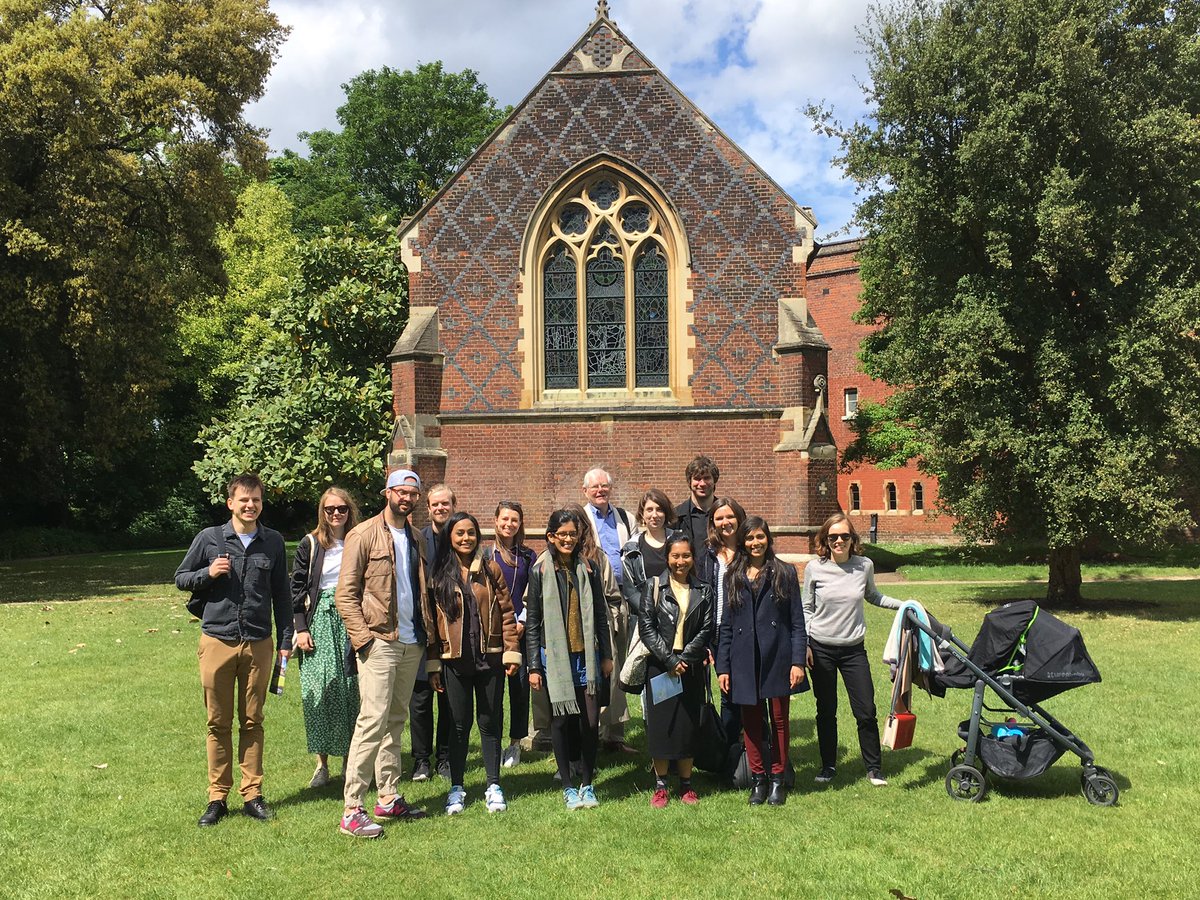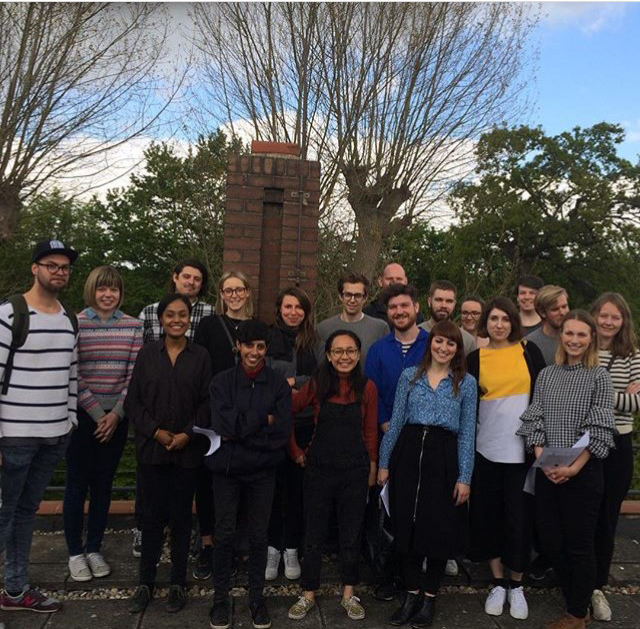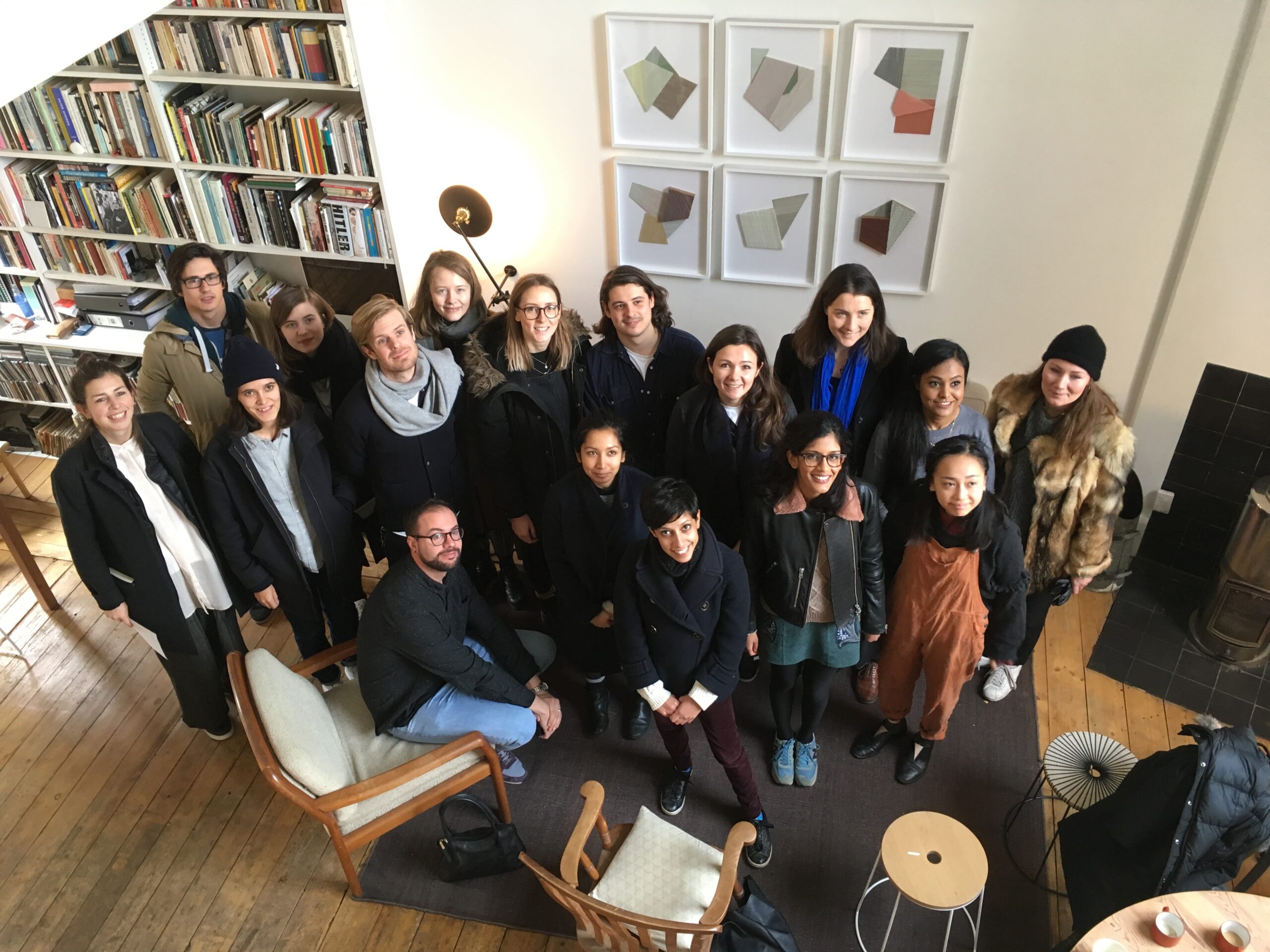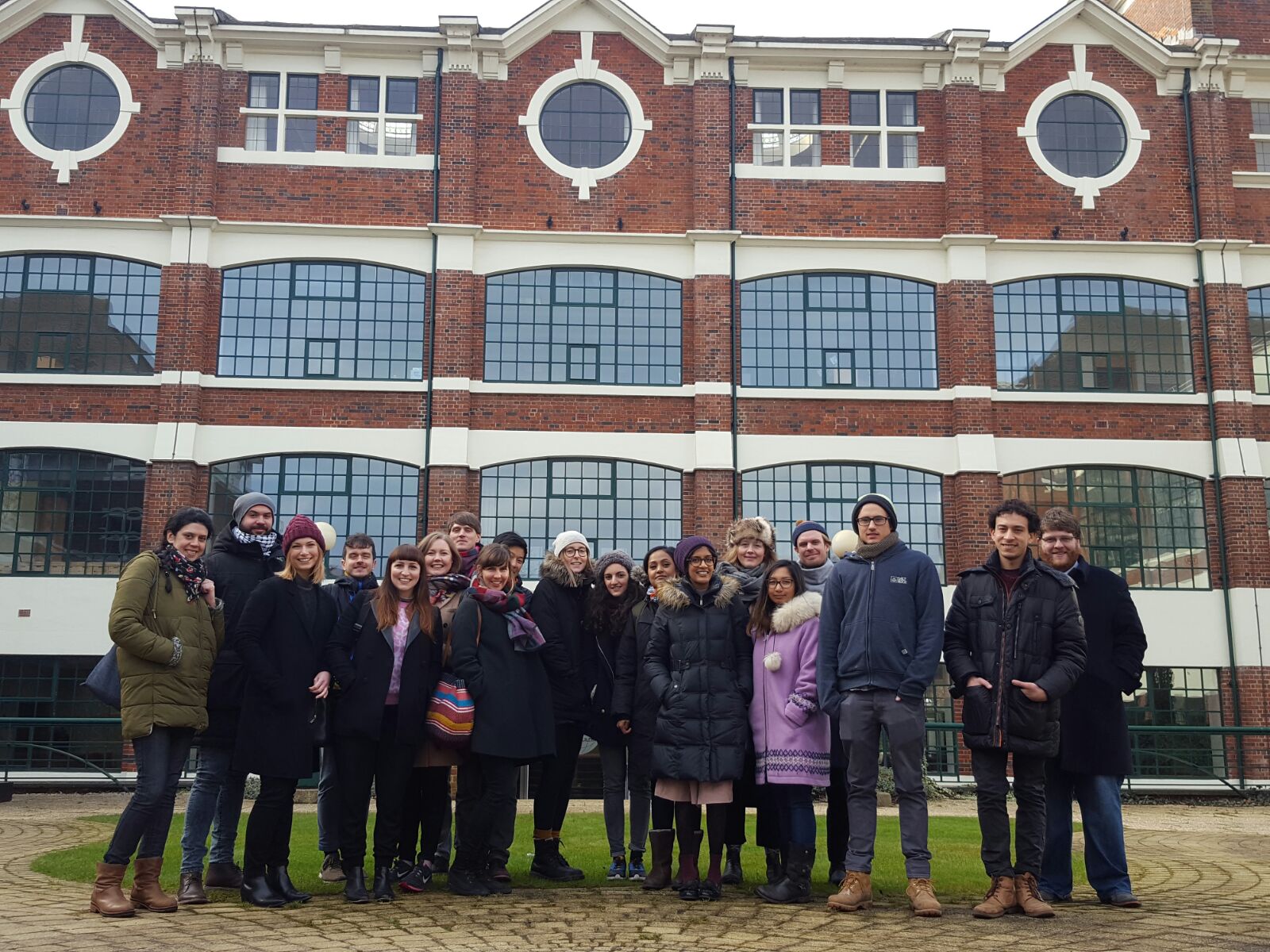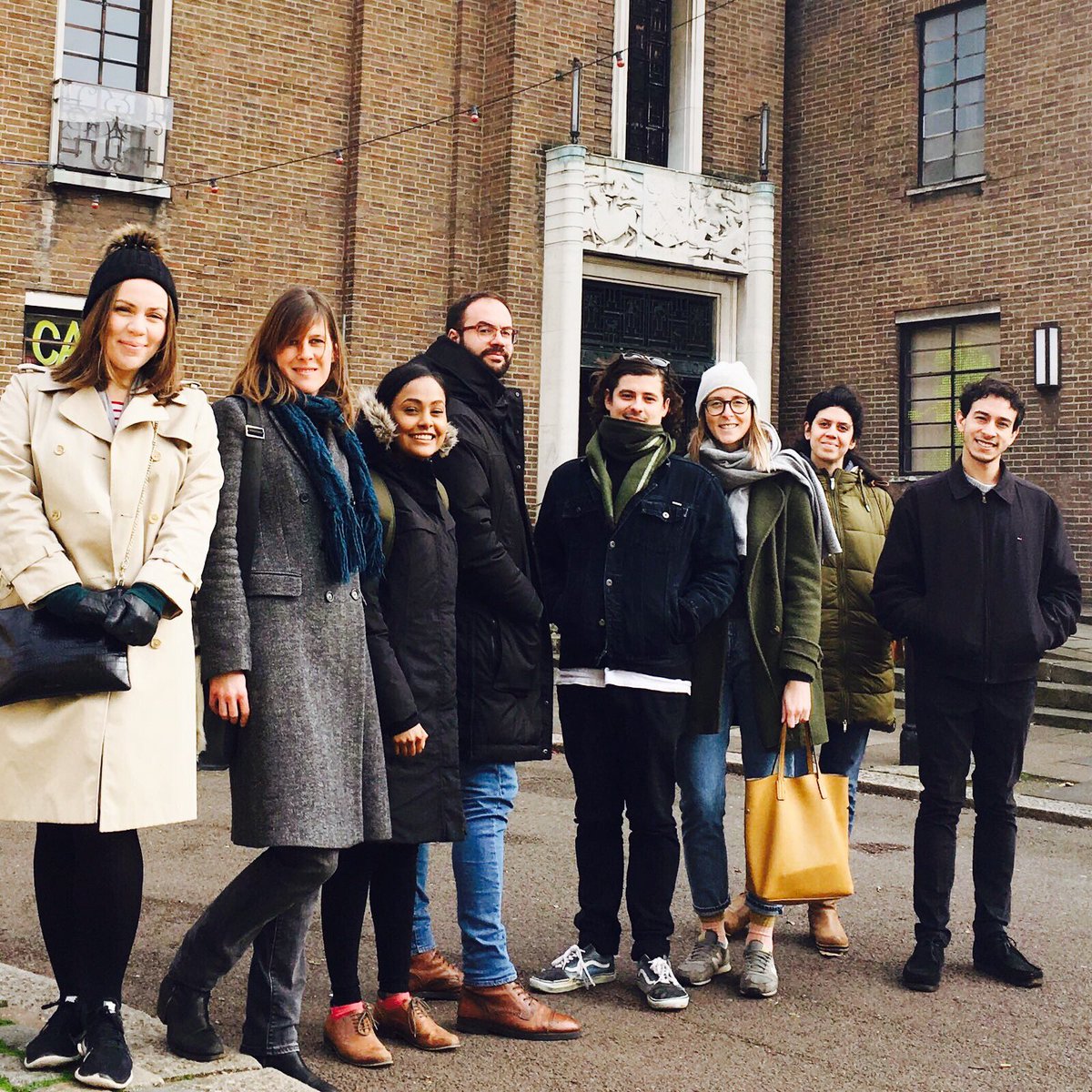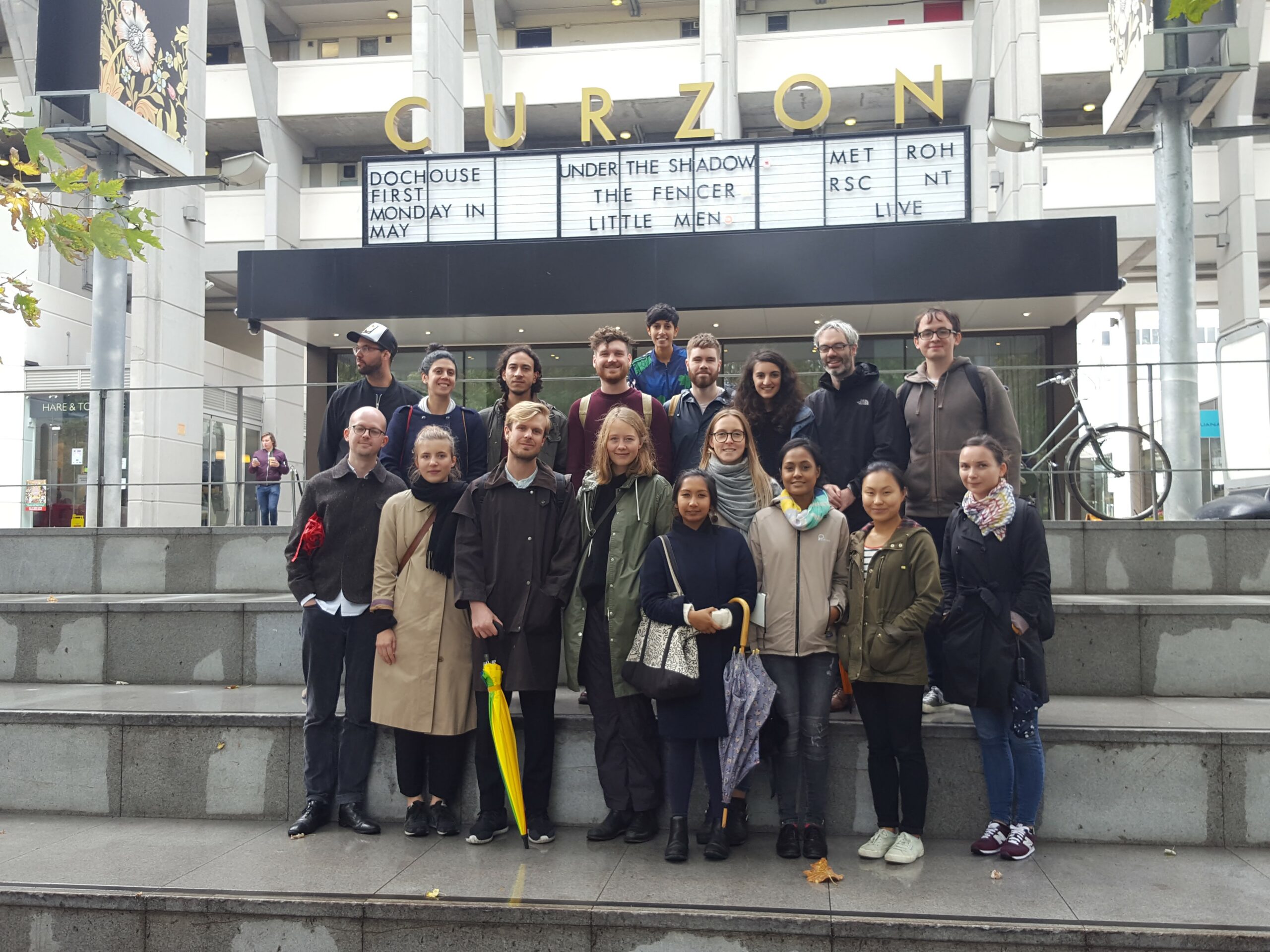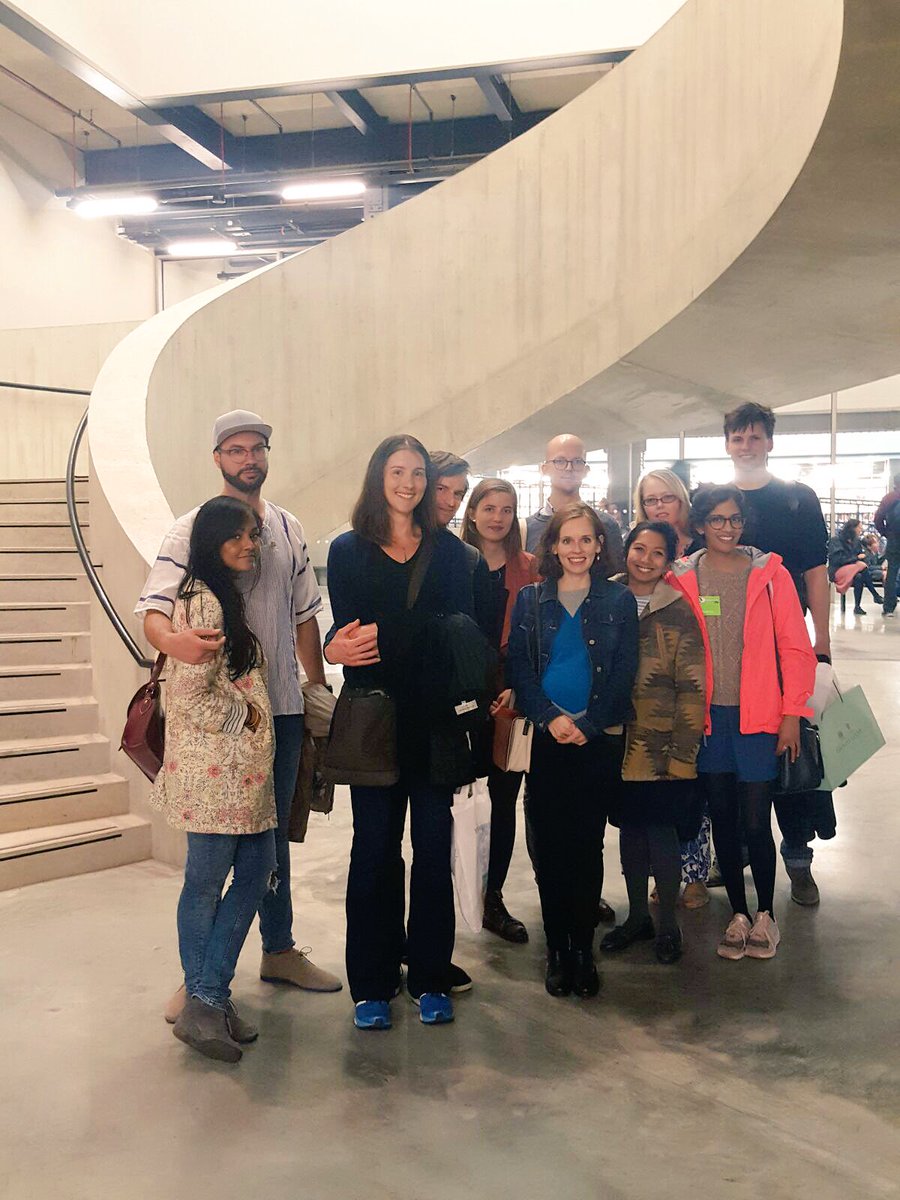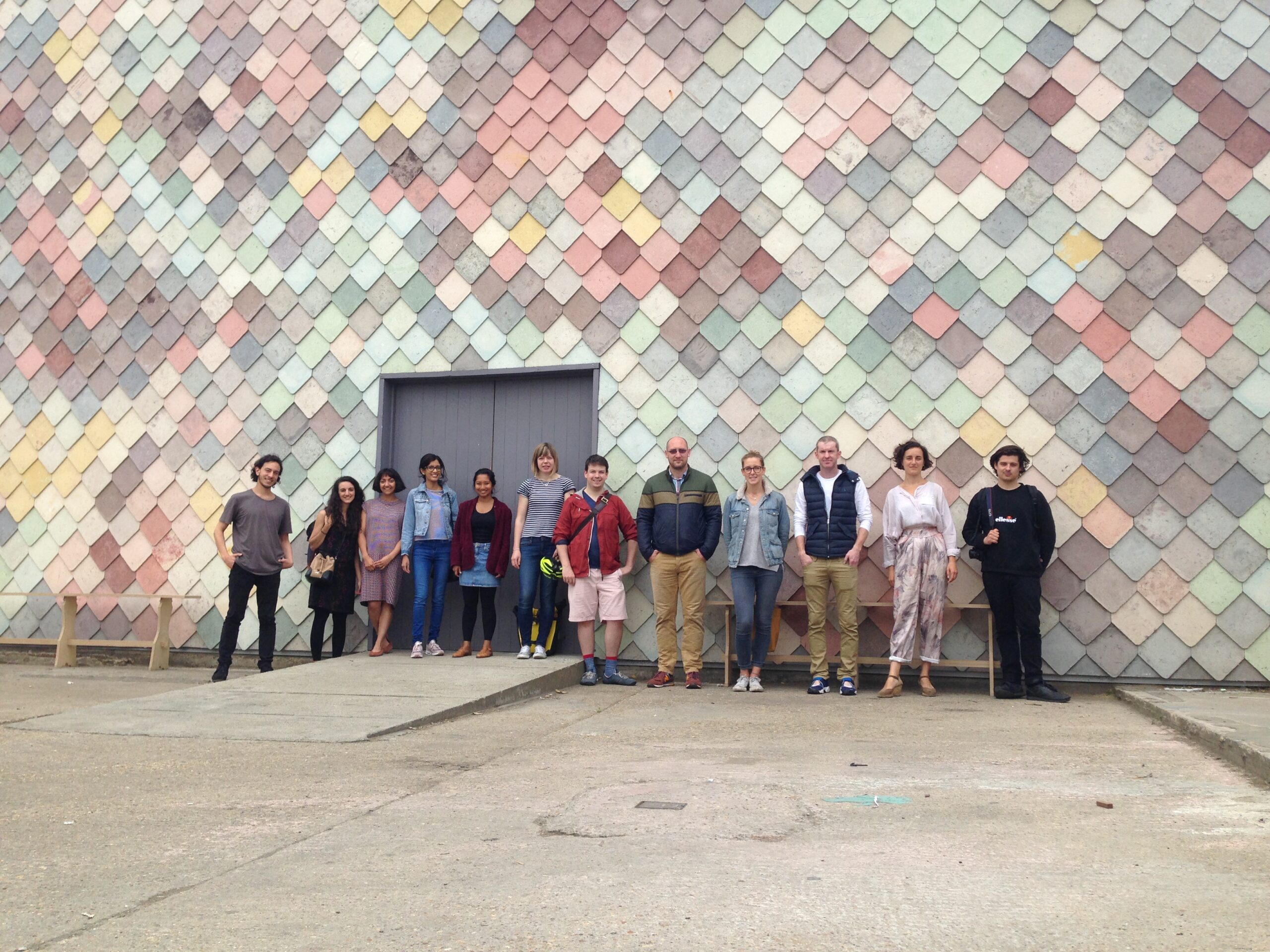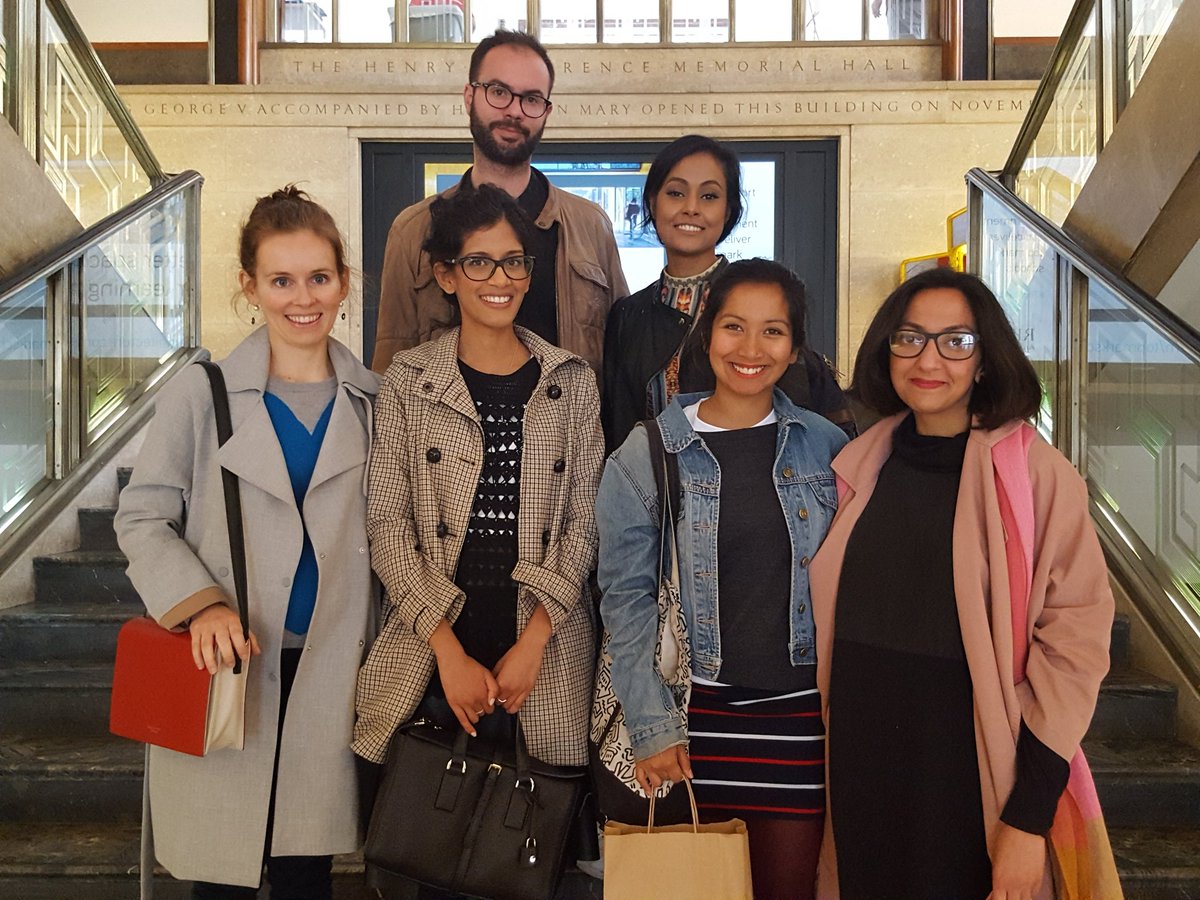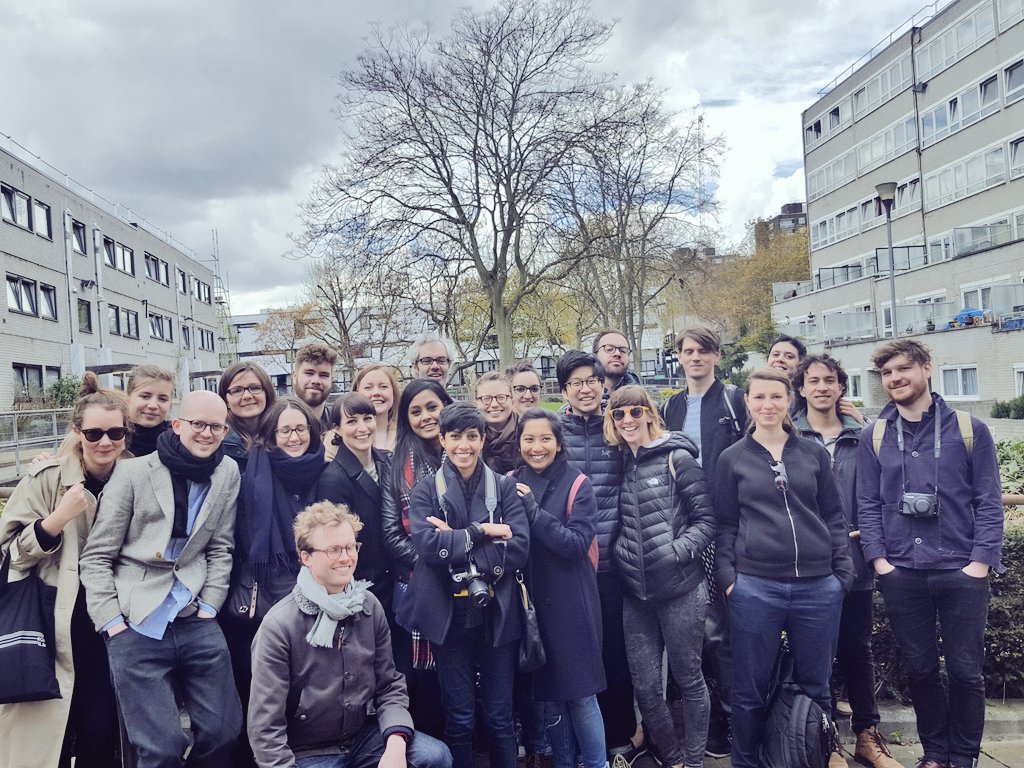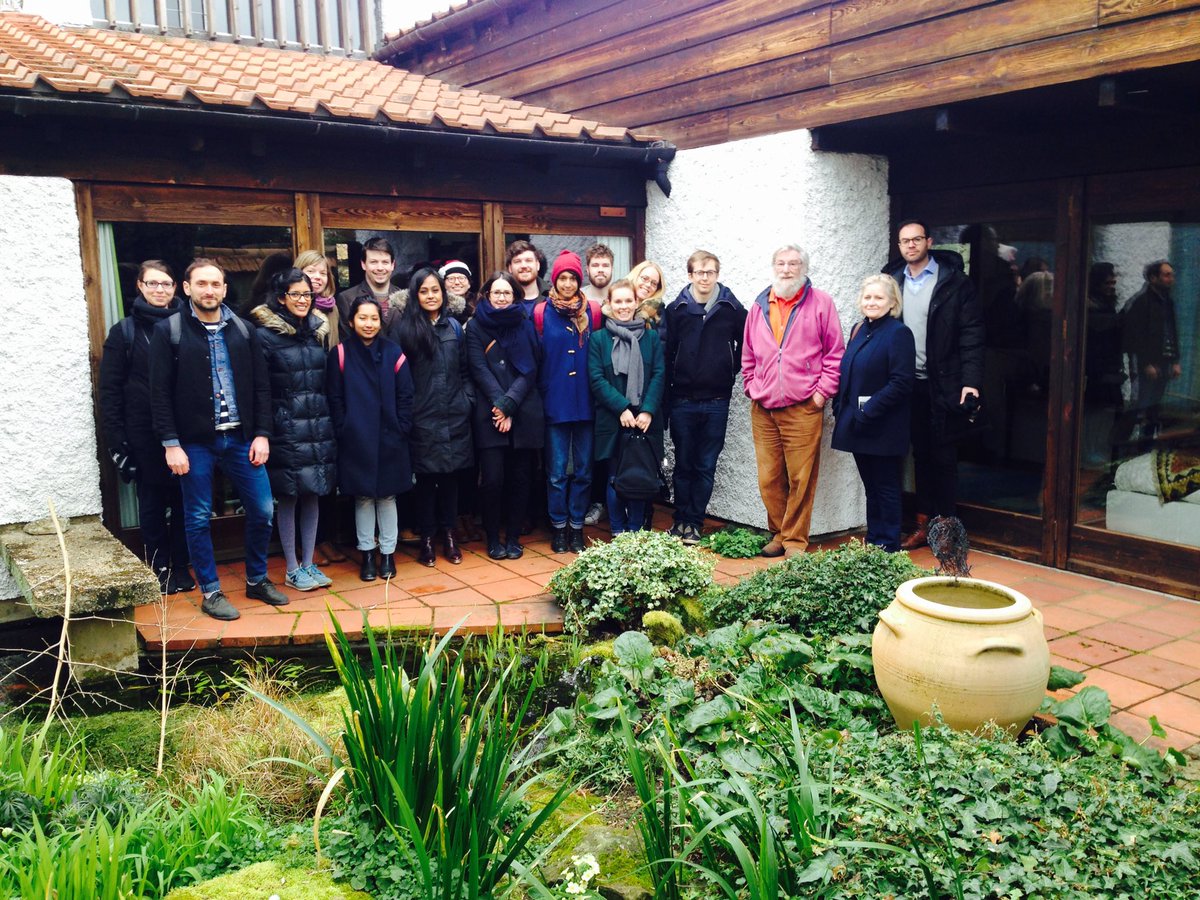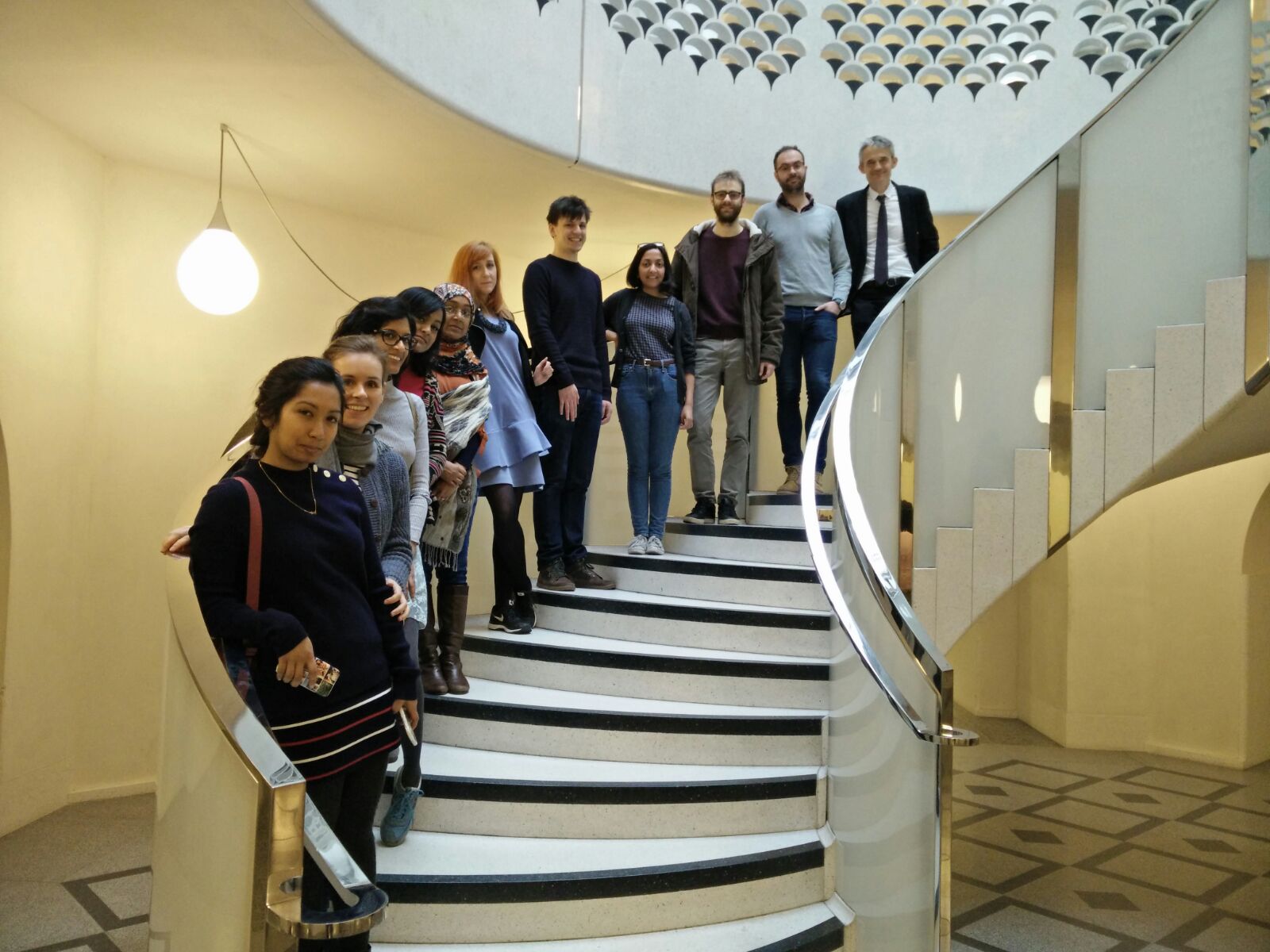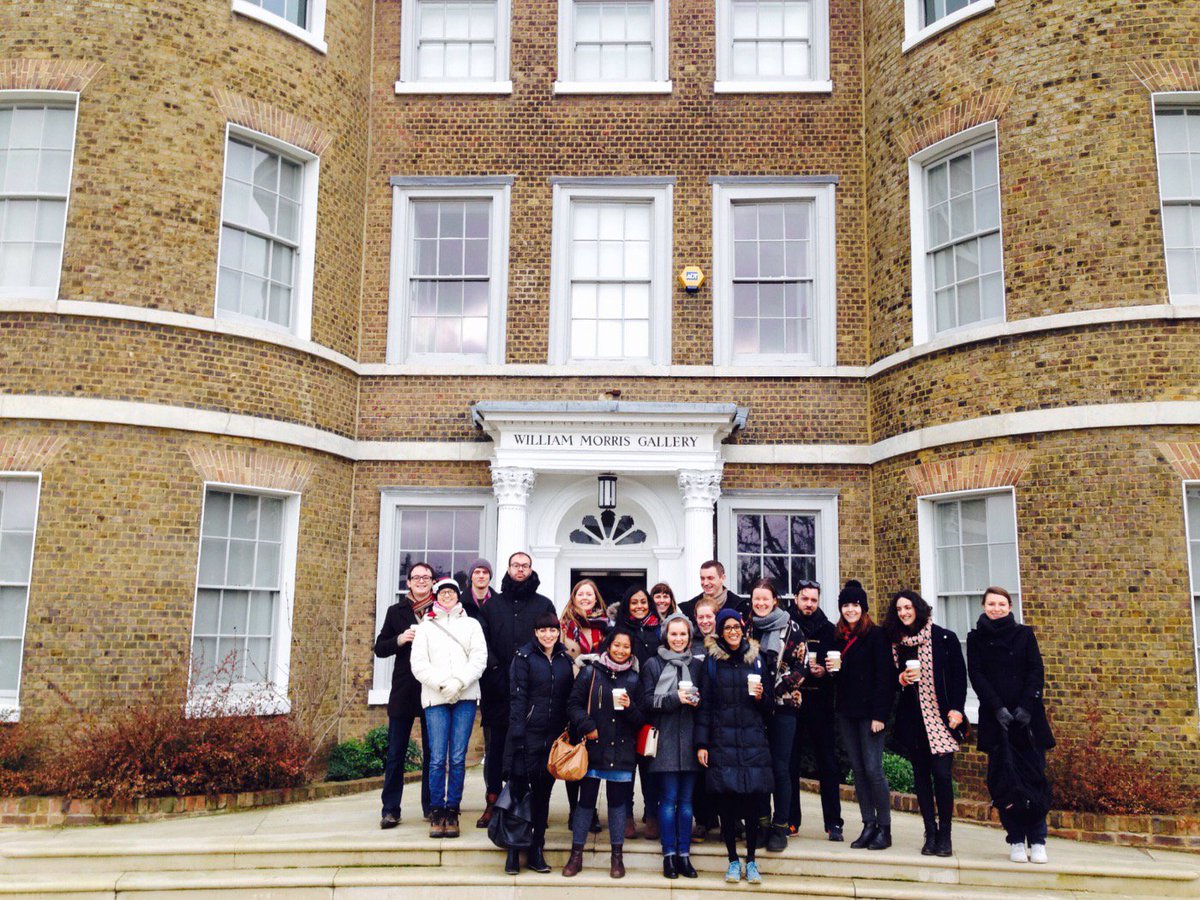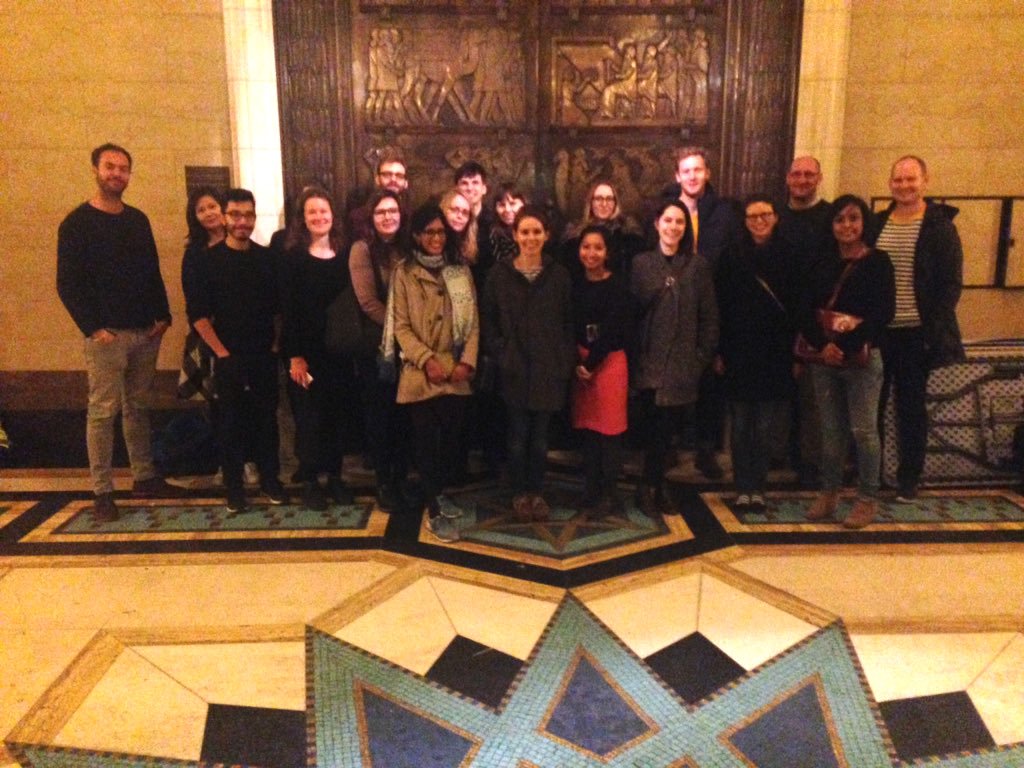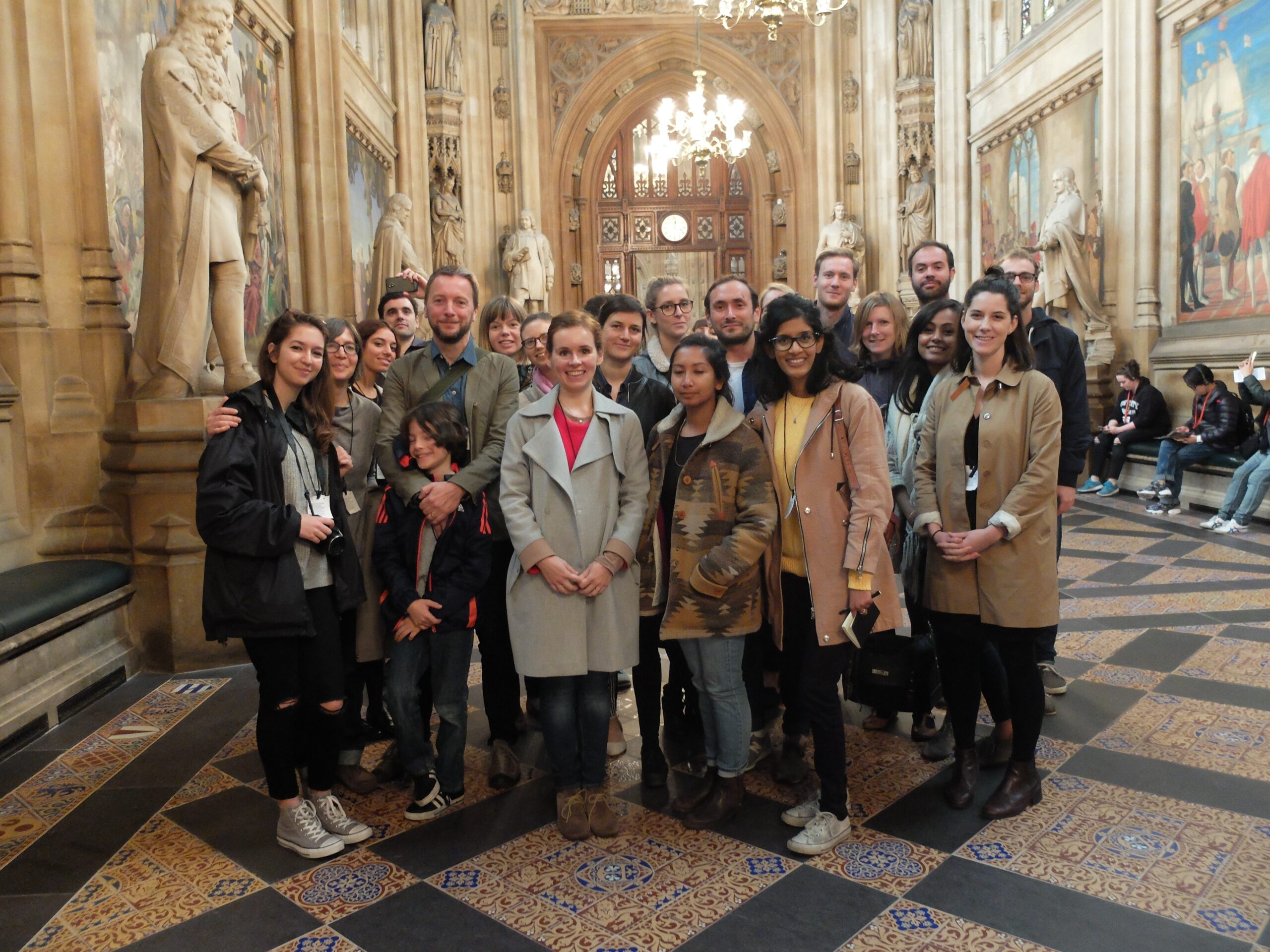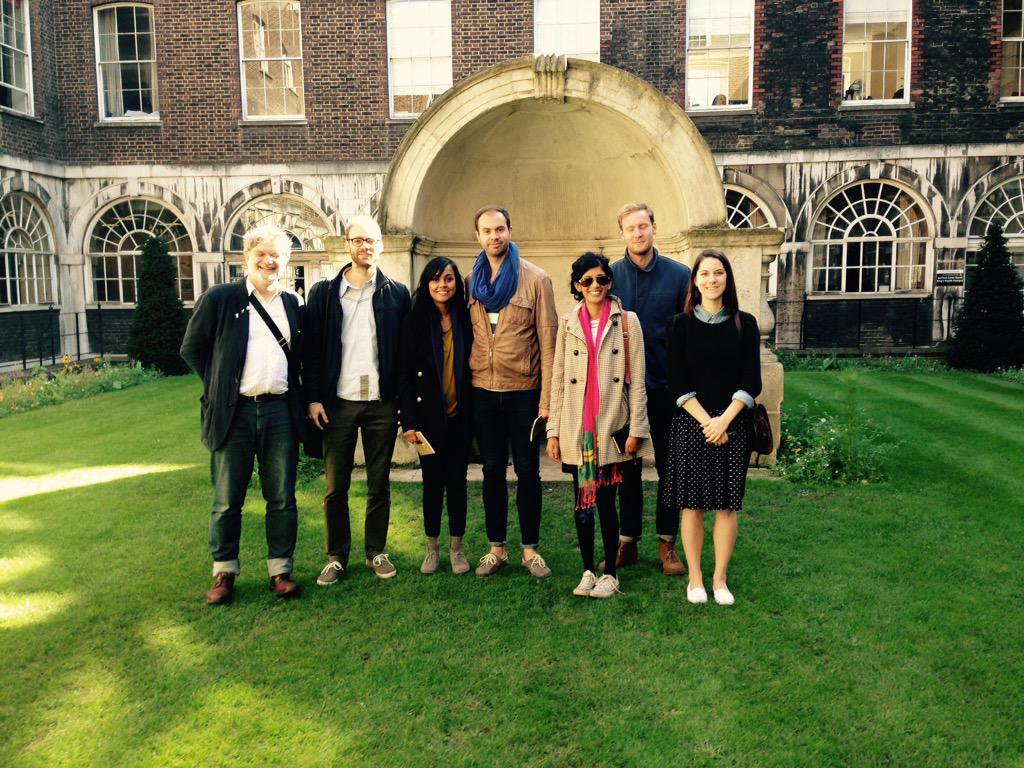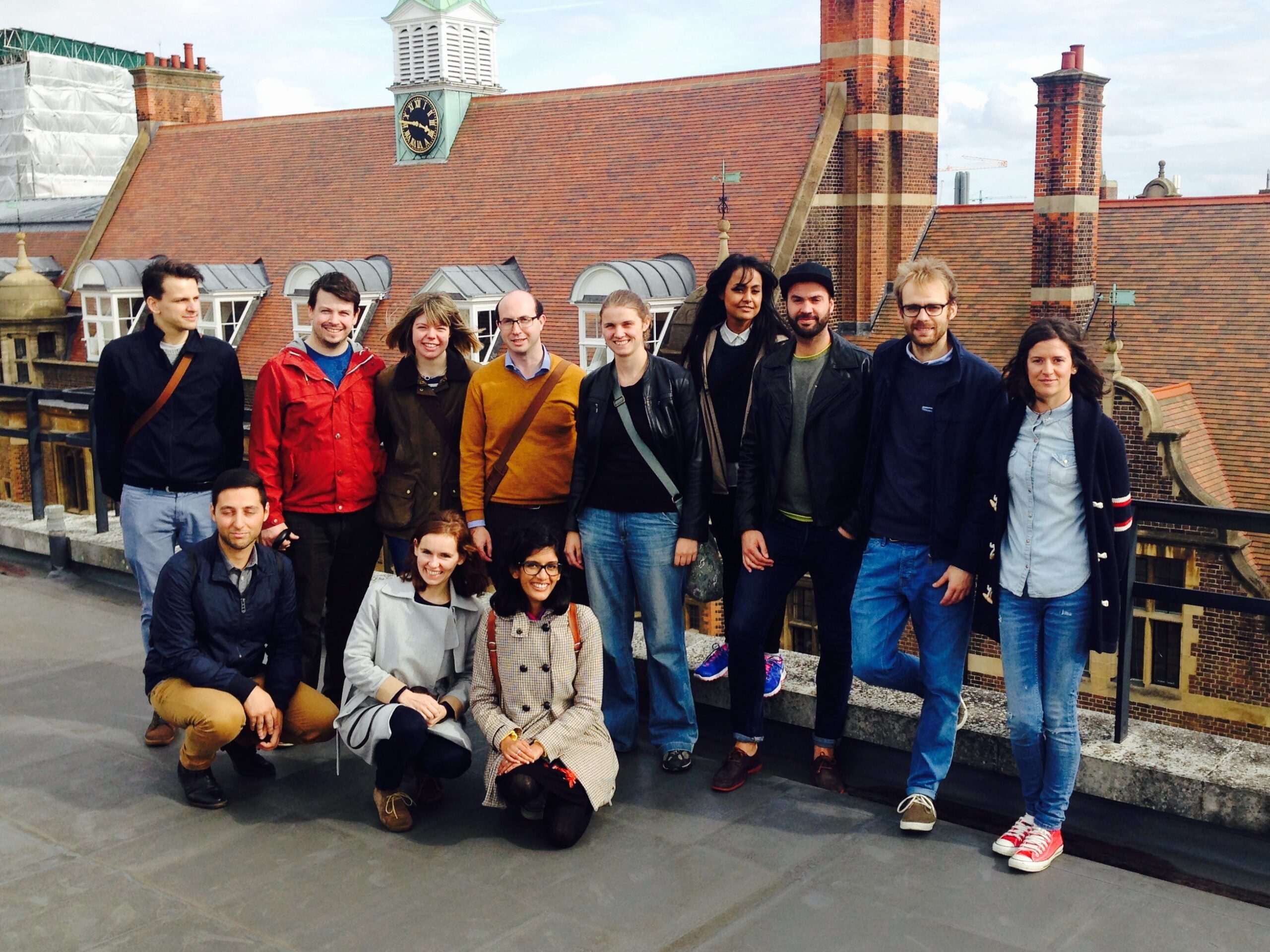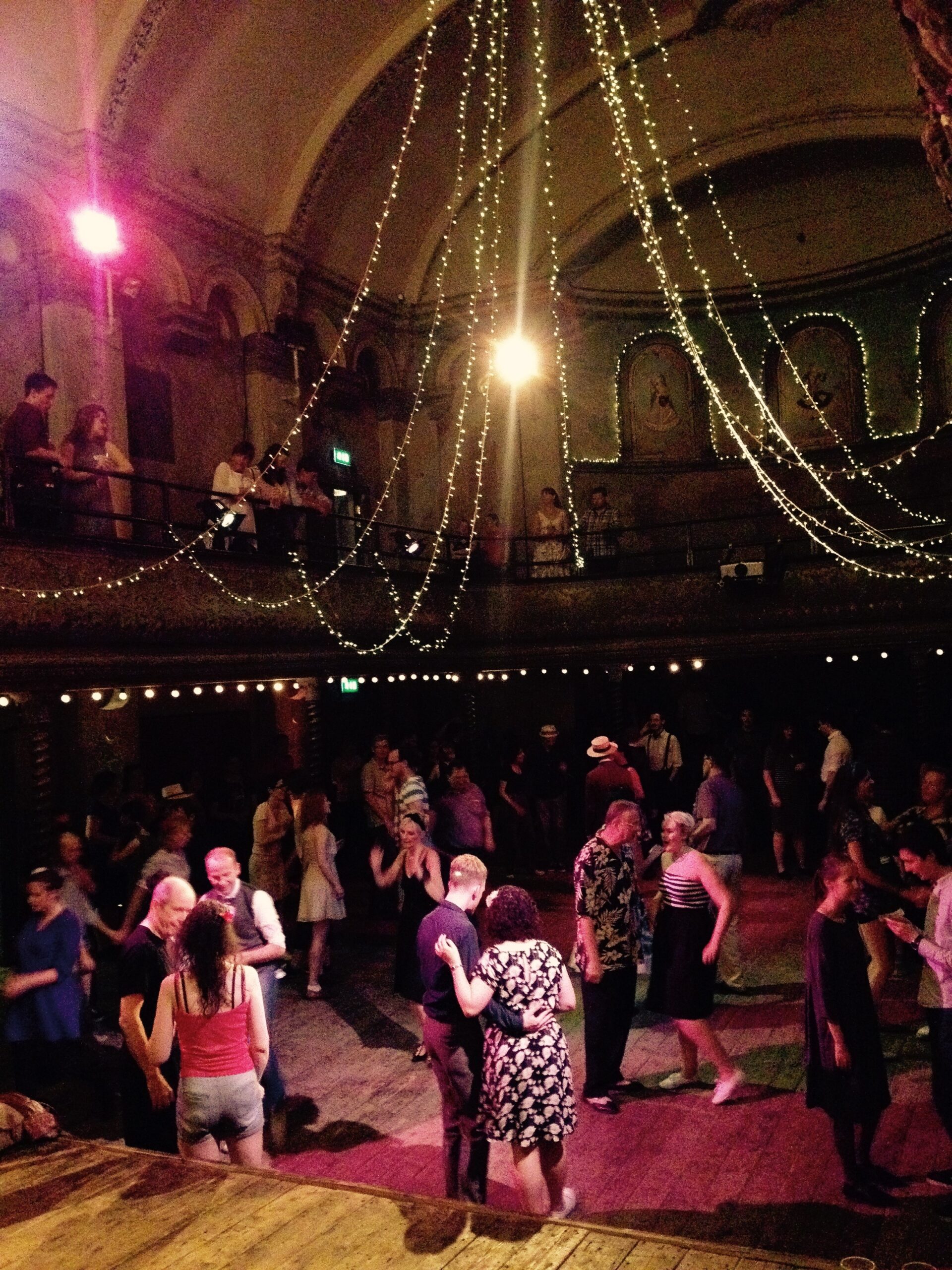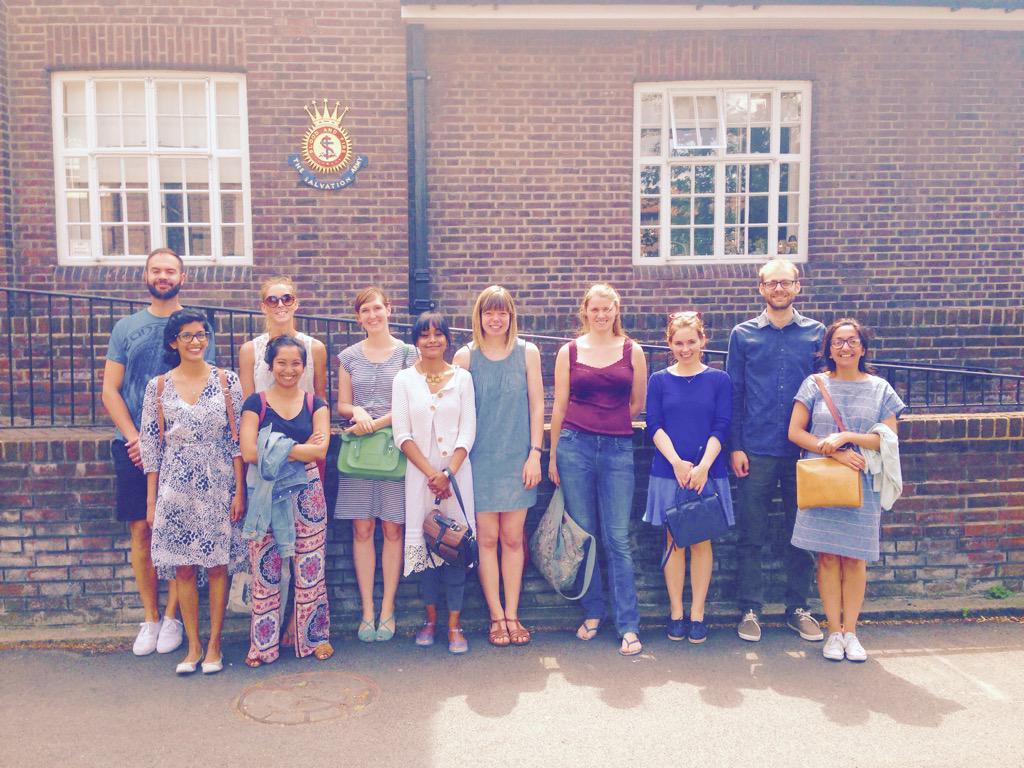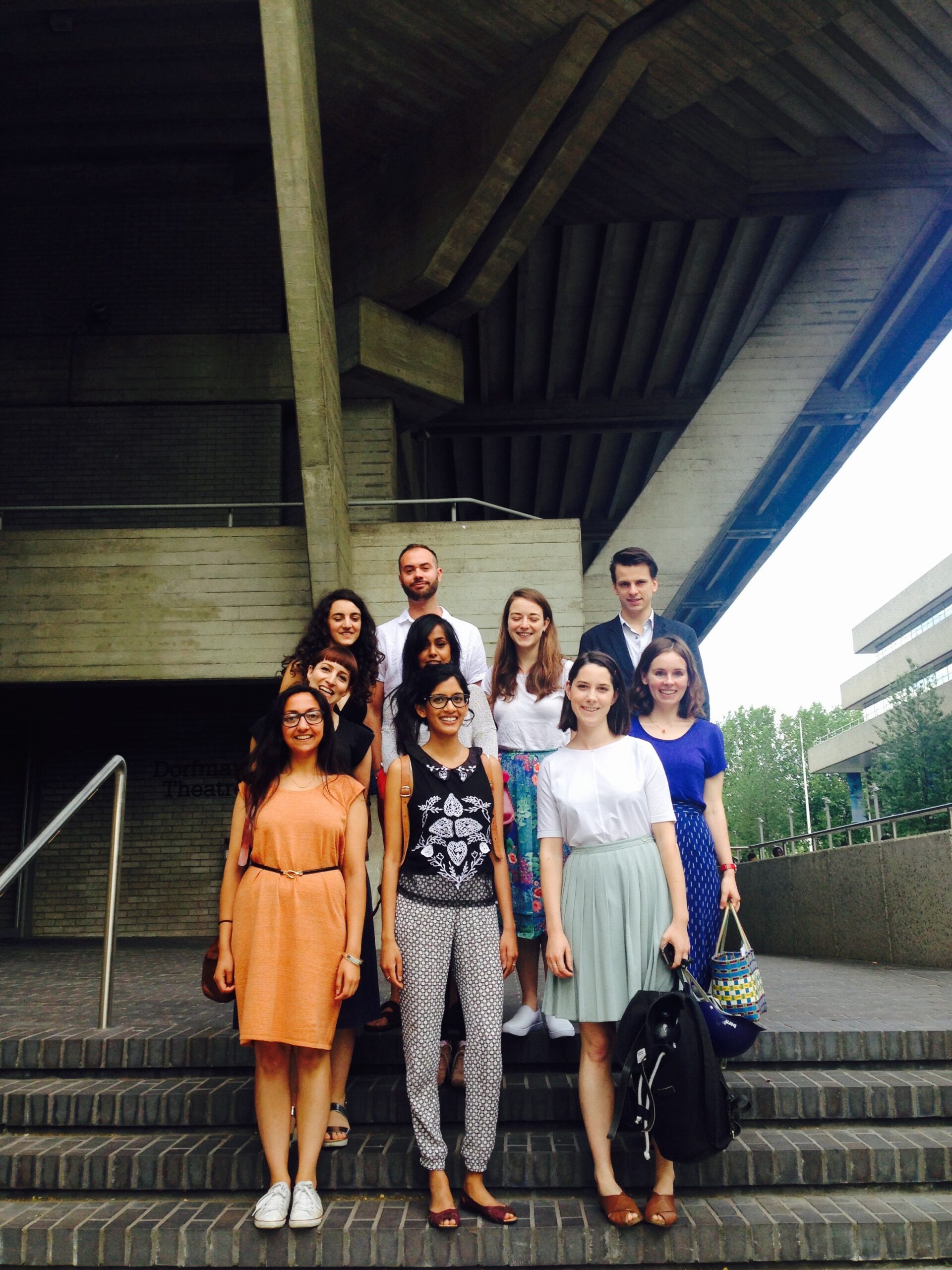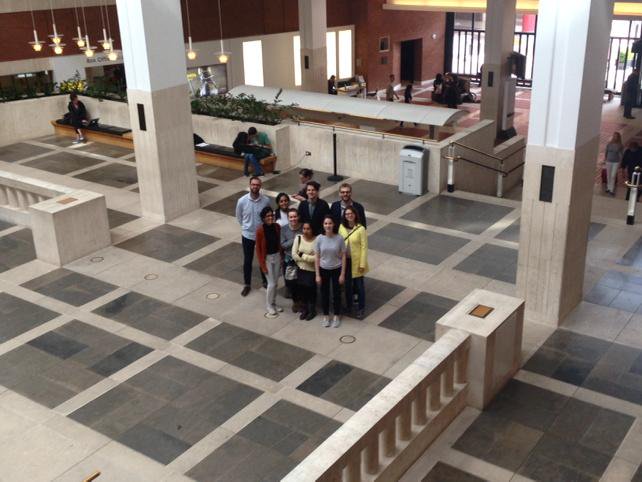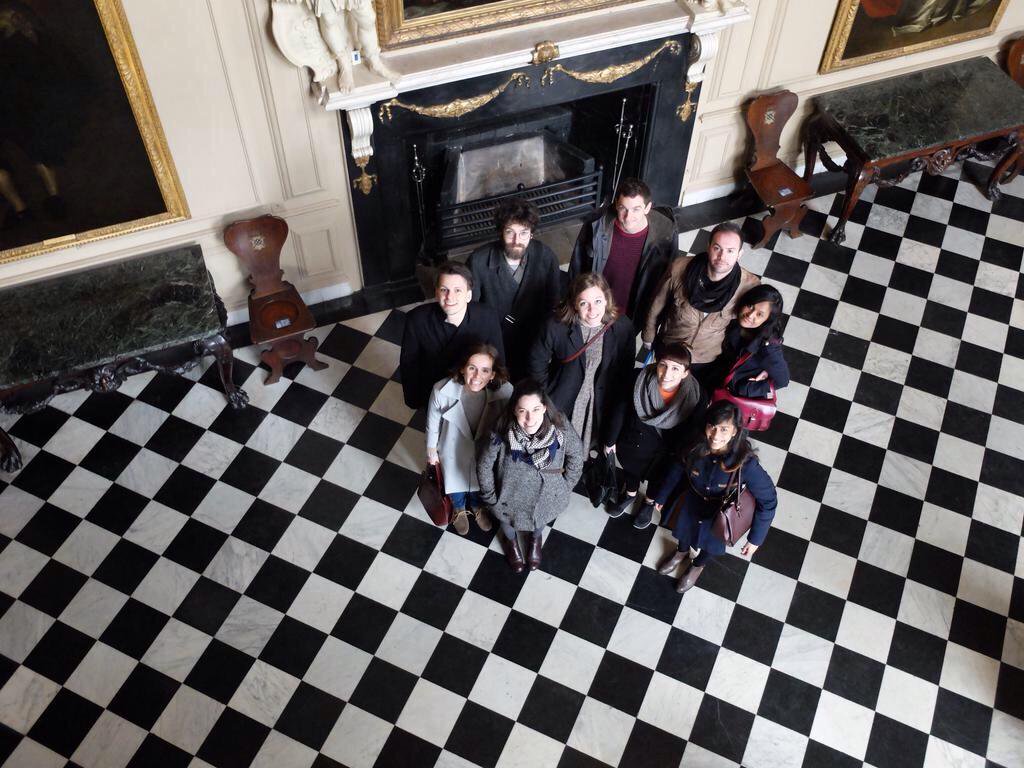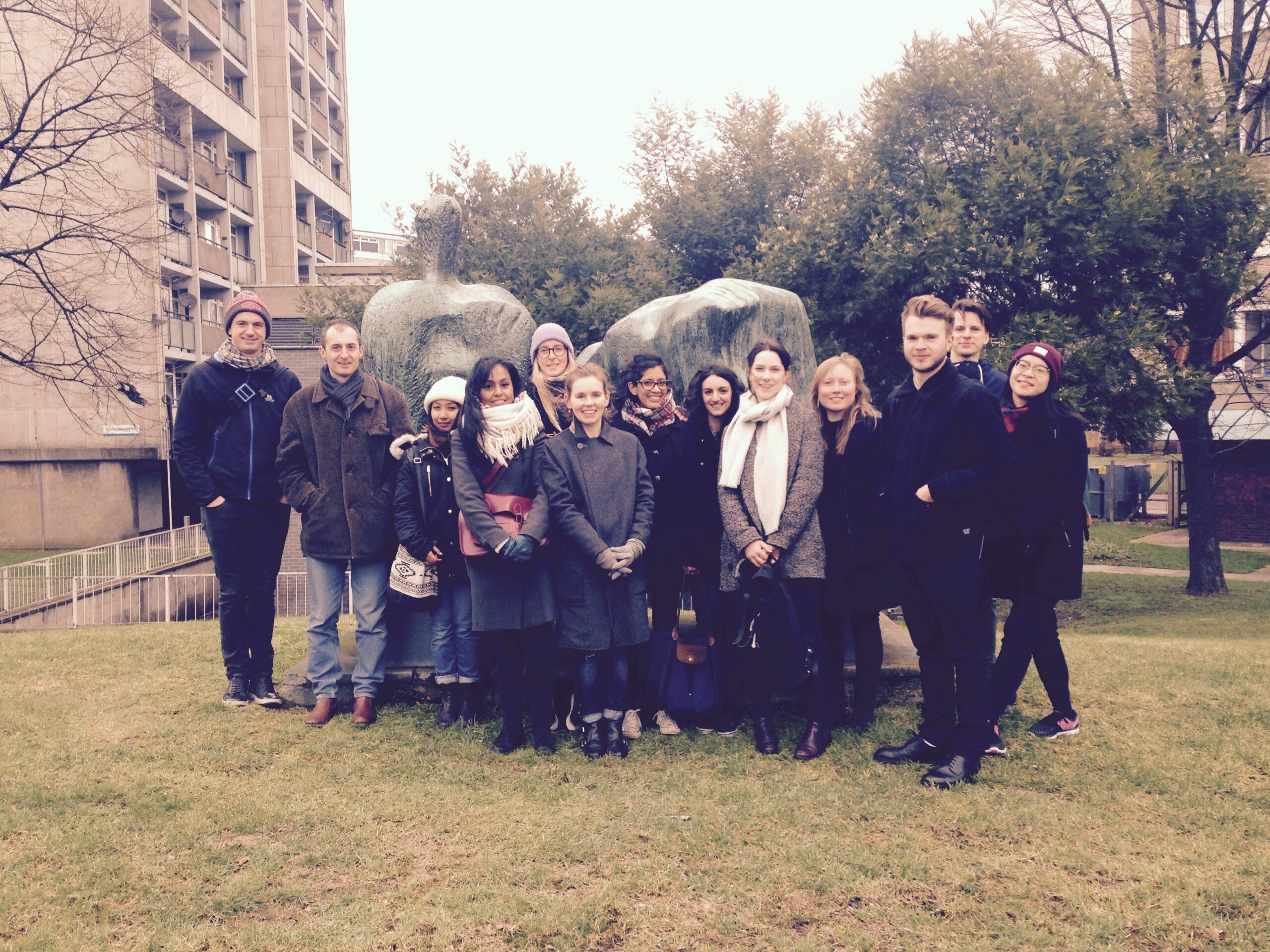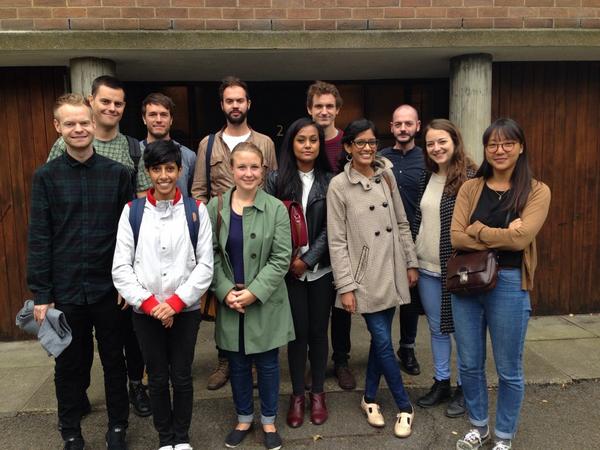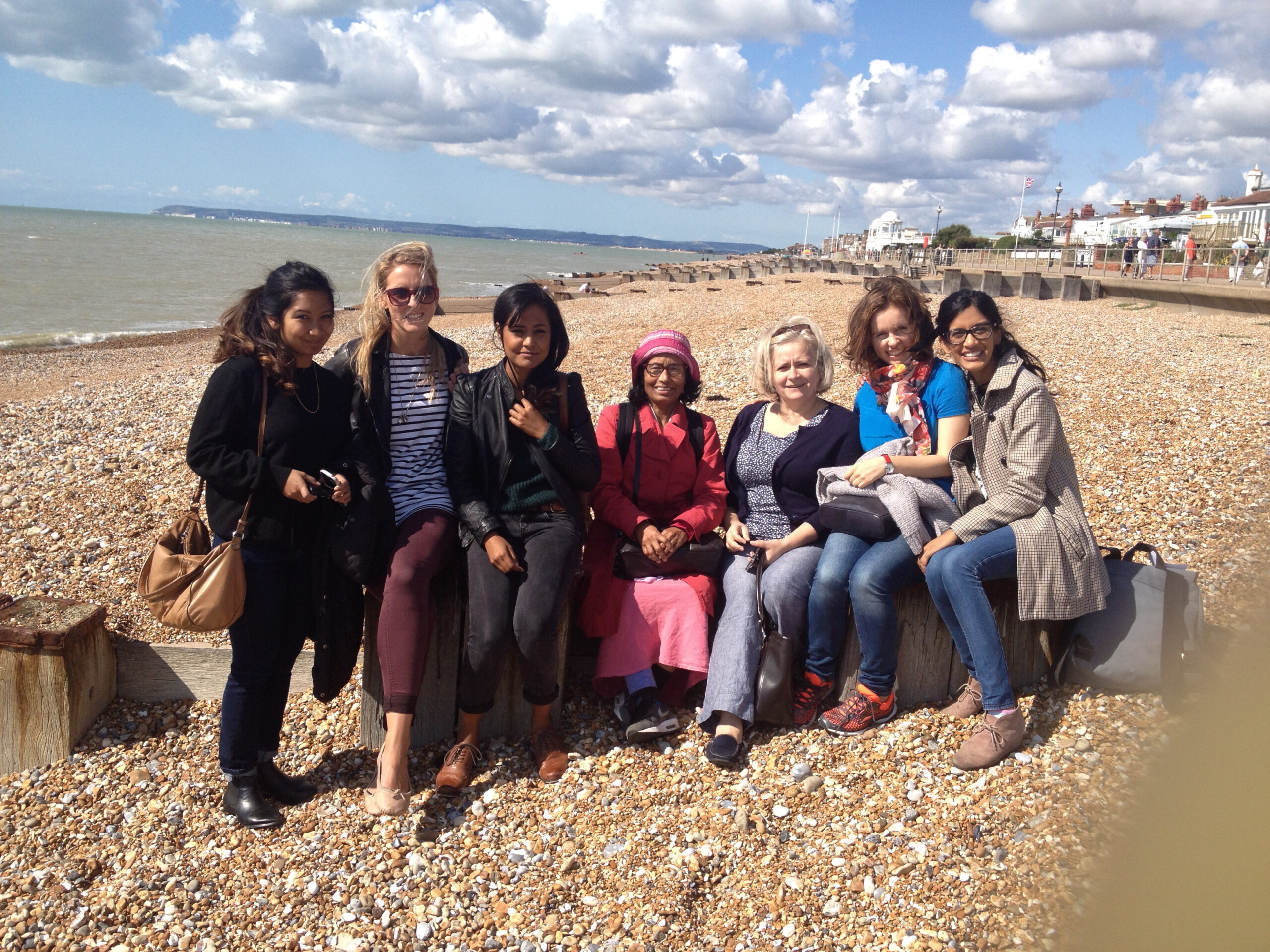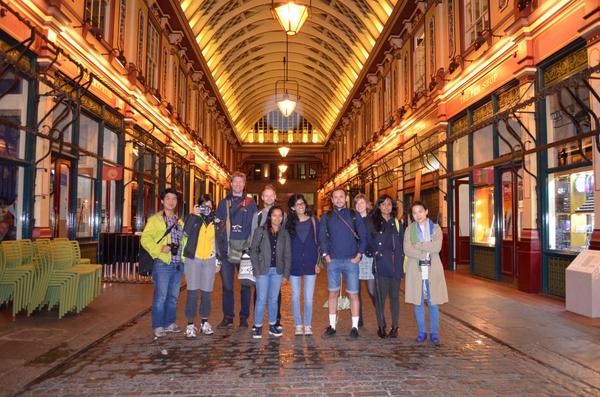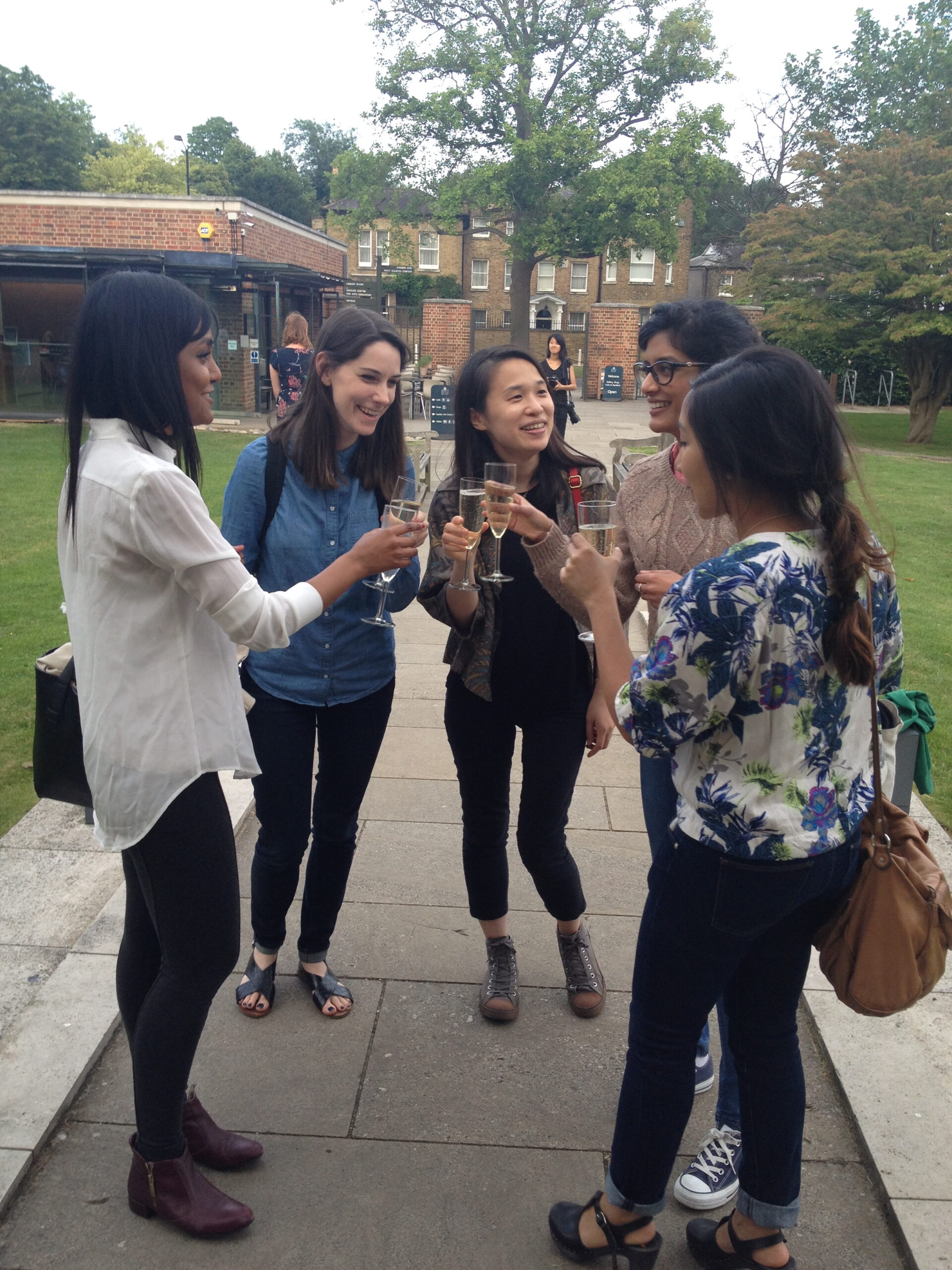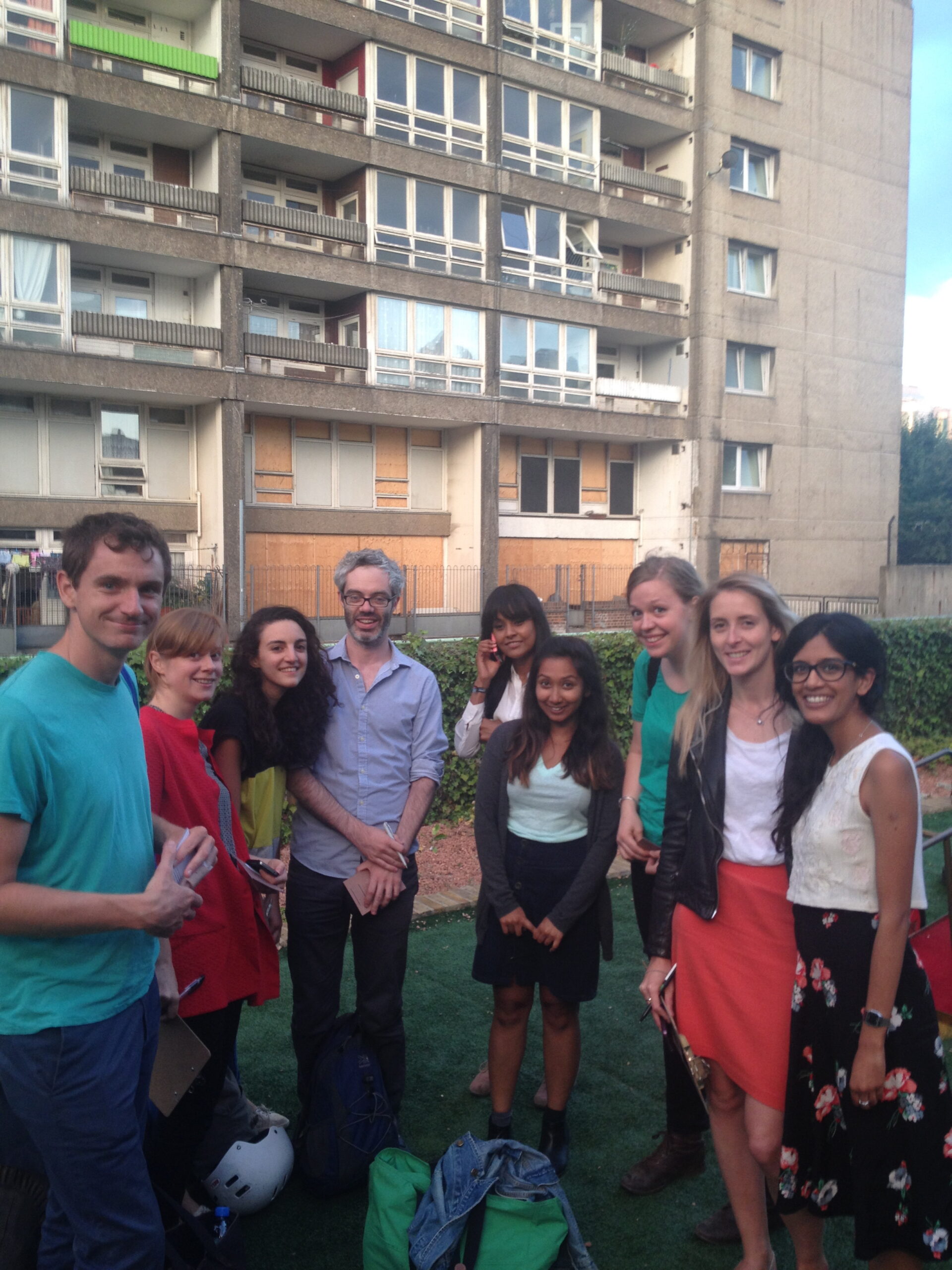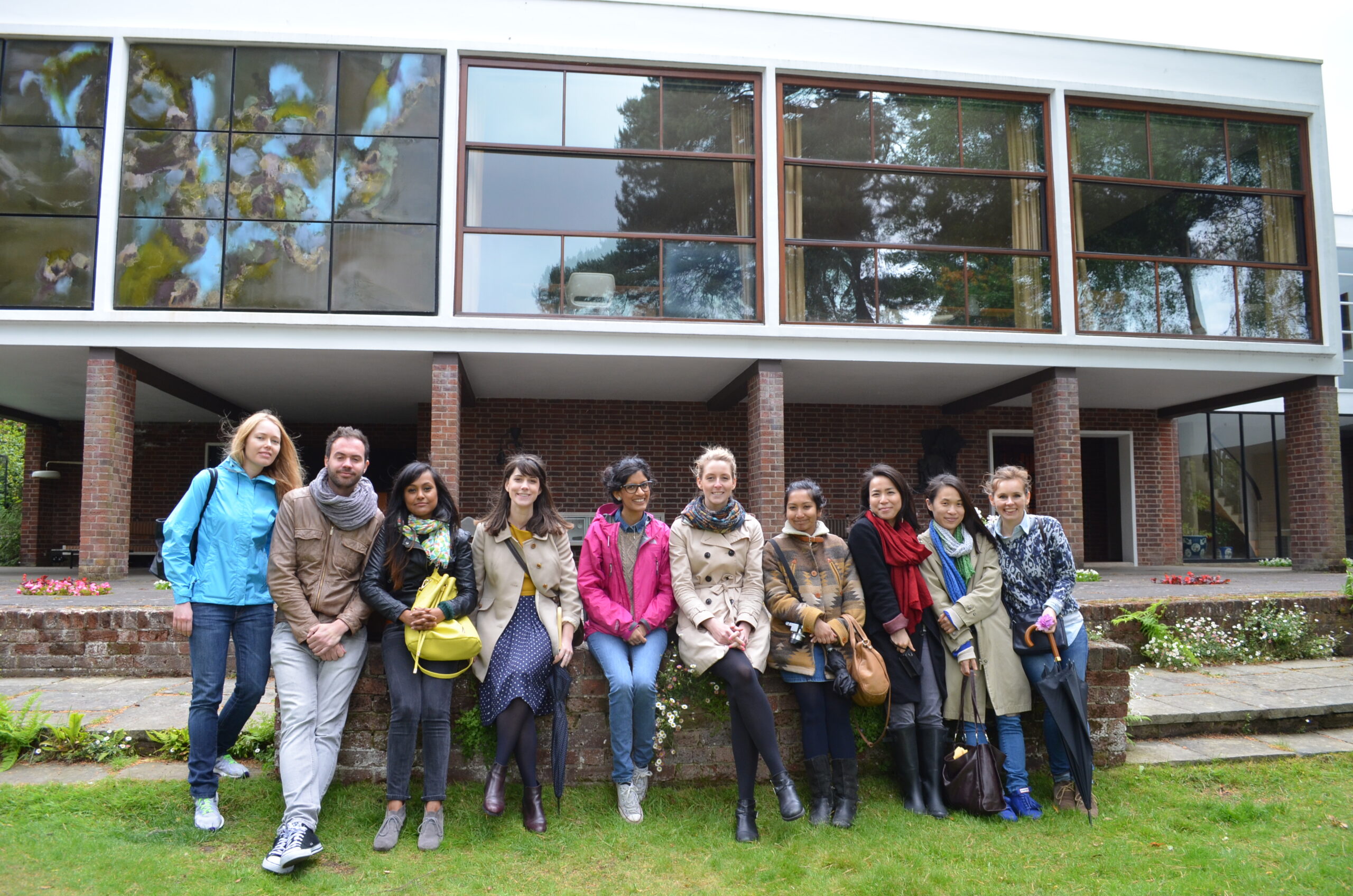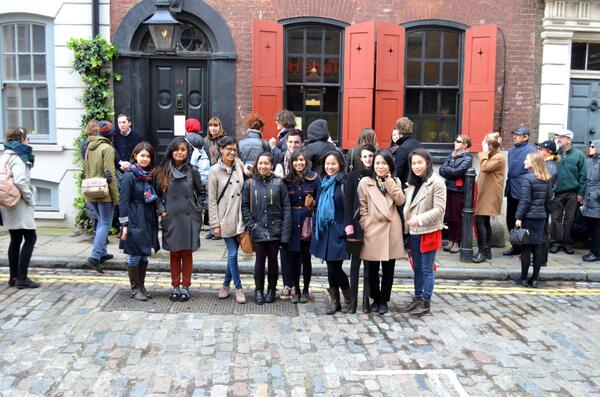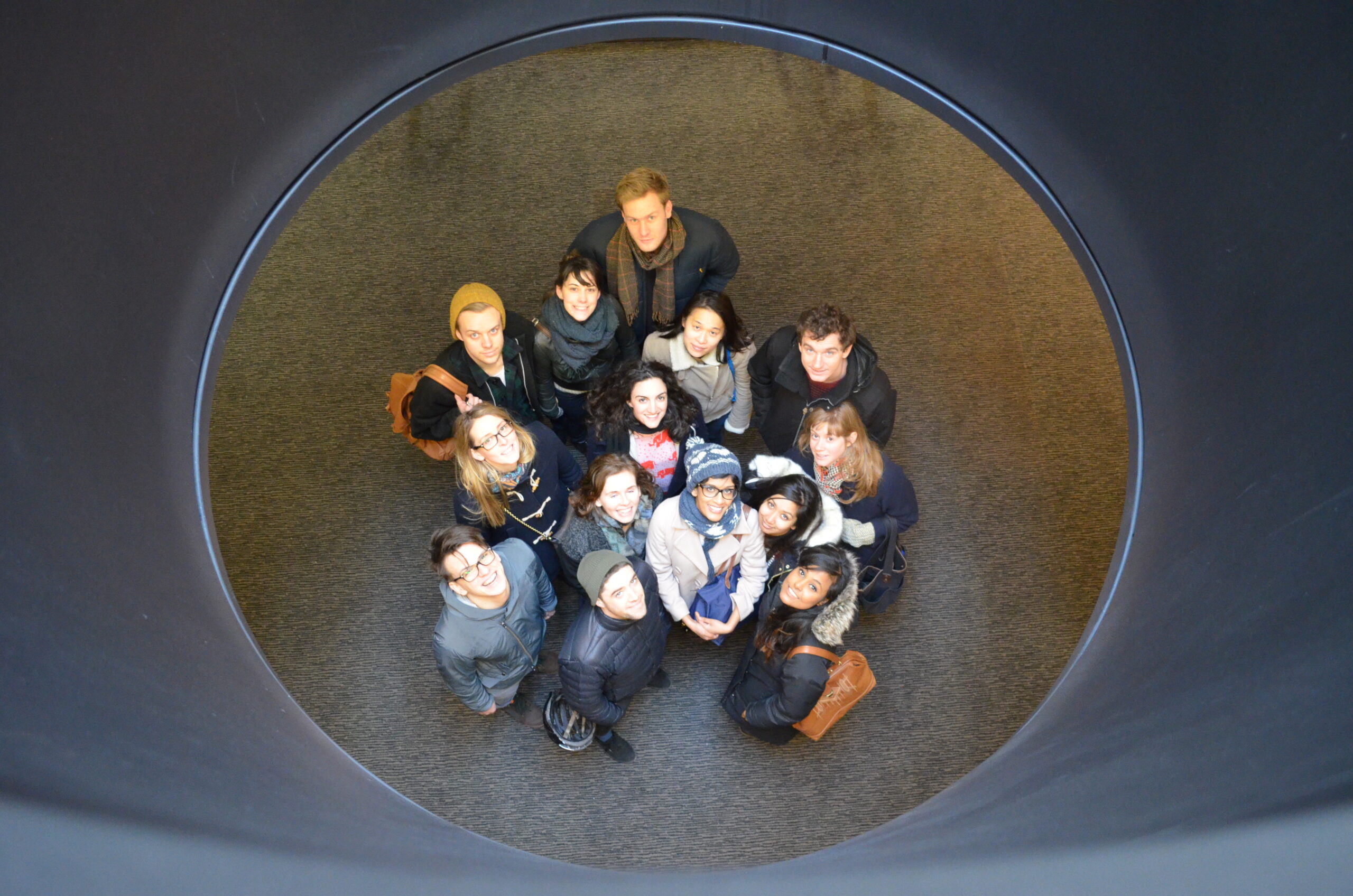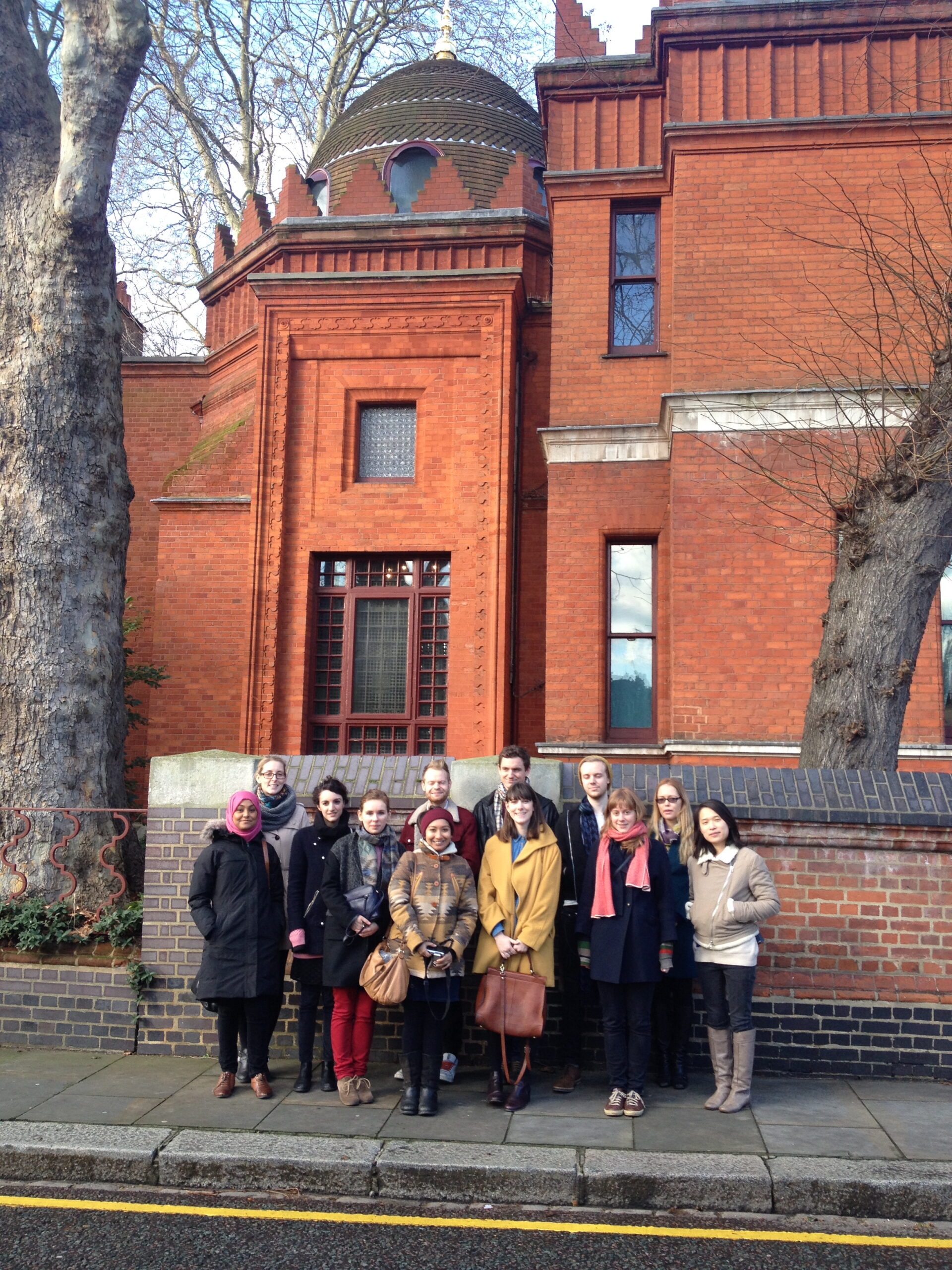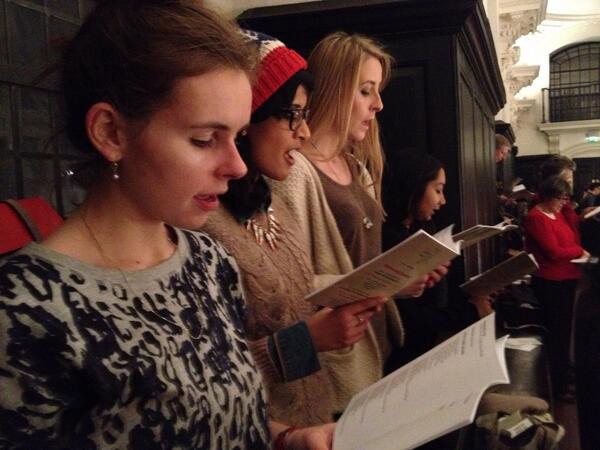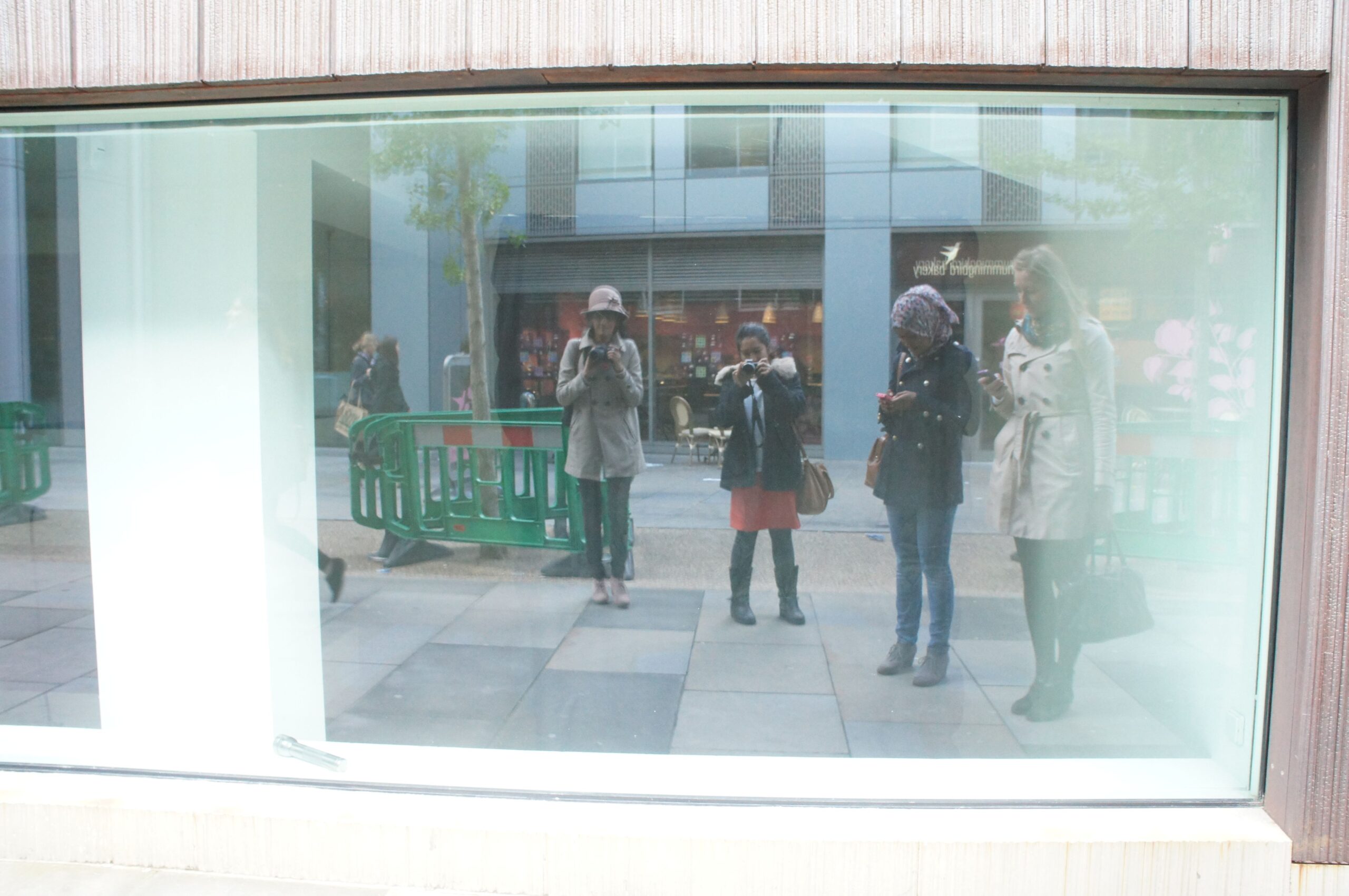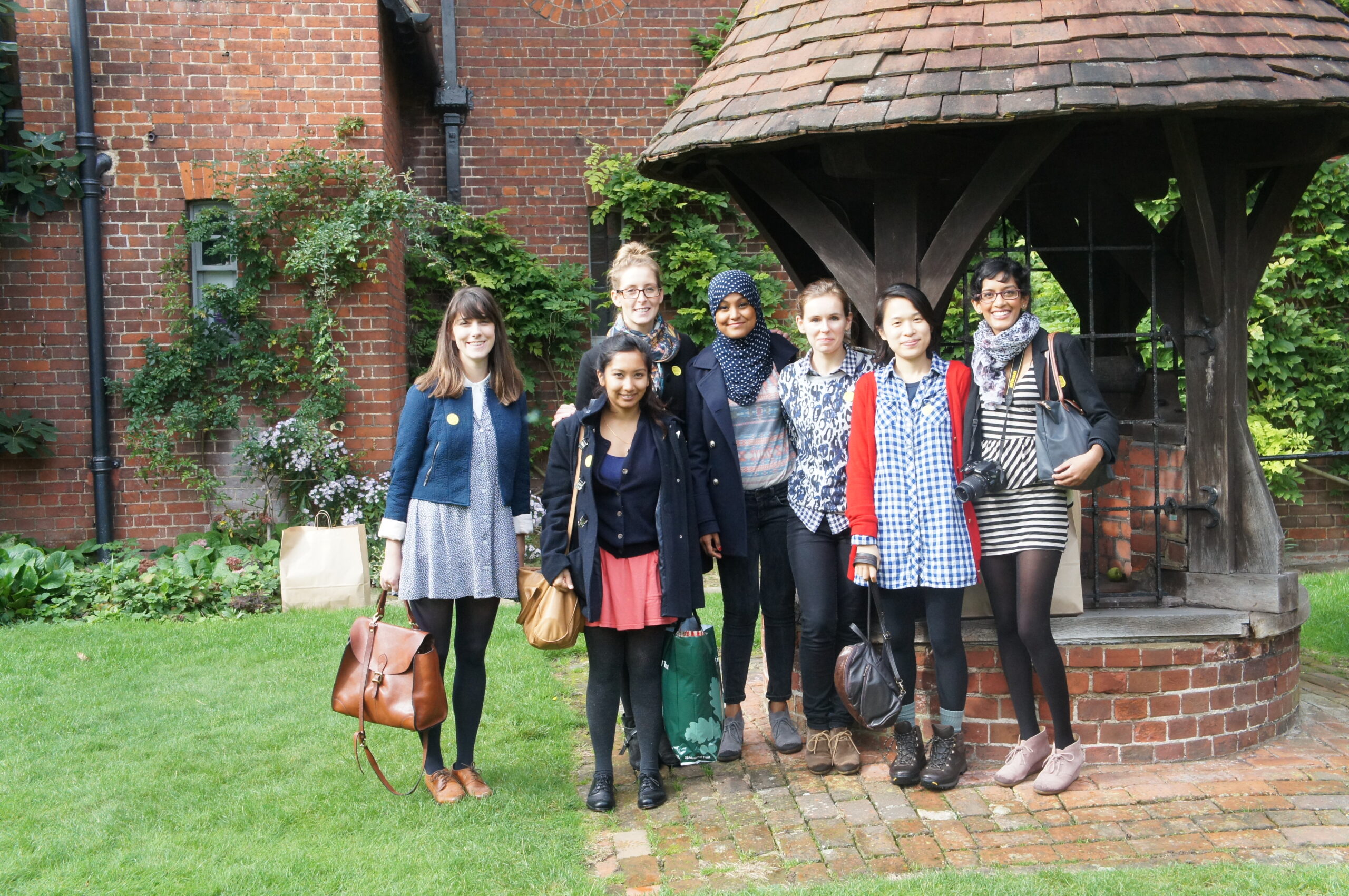38. Kenneth Armitage House
A tour by David Murphy of James M MacLaren's house and studio
West Kensington, London





Another Saturday and another afternoon with my Lady Architects; we were visiting the former West London residence and studio of sculptor Kenneth Armitage (1916-2002). Now held in trust by the Kenneth Armitage Foundation, occupancy of the house and studio is offered as a two-year residency to a selected sculptor, an act of generosity that bestows freedom to produce and exhibit a substantial body of work. We were shown around the building by the current resident David Murphy who spoke of receiving a mystery unsolicited phone call from the proverbial dark informing him he’d been selected for the fellowship. What an amazing phone call that must have been. Purpose built as an artist’s house, the building was subsequently split vertically through the middle leaving a slightly eccentric tall narrow house connected by a winding stair with distinctly nautical vibes. This trim circulation enhances the expansive feel of the living space at first floor level with its high ceiling and mezzanine study, and huge studio at ground level. Both these main spaces are characterised by those large north light windows so typical of Victorian purpose built studios. I was taken by David’s suggestion that the building relates an idea about falling out of history. At one time, Armitage had been a lauded British sculptor, a renowned contemporary of Henry Moore. I had, admittedly never heard of him, though it seems he is in general less well known than his fellow Leeds College of Art contemporaries and despite winning best international sculpture at the Venice Biennale in 1958, somehow his name has slipped out of time. theme it seems, the building itself was designed by Art and Crafts pioneer James MacLaren, at one time a great influence on Charles Rennie Mackintosh but it seems the student outshone the master in the end – while Mackintosh’s eminent name is synonymous with a whole school (the burning of that school designed by him in 2014 a national tragedy) just one book of MacLaren’s work is in circulation. The whims of time I suppose, well, I enjoyed learning about both.
Guest text by Alpa Depani http://welcometosuperbazaar.blogspot.com
Guest Text
Kenneth lived and worked at Avonmore Road from 1959 until his death in 2002, it was the backdrop for his greatest professional achievements. Since 2005, occupancy of the house and studio has been awarded every two years to a different sculptor under a Fellowship scheme that Armitage himself initiated. I was resident there from 2015-2017. The house and studio, an interesting early Arts and Crafts building in its own right, is pretty much unaltered since the early 1970s, and photos from each decade show Kenneth working, sitting, writing, smoking, occupying the various spaces of the house and studio as his hair slowly greyed. It makes for a real wealth of historical context which we became very sensitive to. Many of the objects, and items of furniture visible in the photographs of these pictures are still there: the same battered radiators, the same chairs, the same stove in the corner. The shelves we put our books on were shelves he had made, and higher up on the mezzanine, his own personal library. It's a portrait of sorts, providing to us an almost uncanny window into his passions and preoccupations: Irish social history, poetry, Japan, maps galore, almost no fiction whatsoever... The record player and his beloved Bach there to play, with notes written on the sleeves. The notion of being merely 'resident' there became very quickly impossible; the best way I can describe our tenure there was as custodians, keepers of of a remarkable house, but a keeper of memories too. I felt that responsibility very strongly, and strange as it sounds I felt like I got to know Kenneth quite well during that time. It was an absolute joy to be there, quite life changing, but over two years it also becomes home, normalised no matter how many times you pinch yourself to reassert just how lucky you have been. The house and studio are heavy with associations, and I must admit I found it hard to work there sometimes - difficult to shake off the weight of history and productive activity. I didn't realise it at the time, but I did make some important strides in my own work during that period, the beginnings of things that are only now coming to the fore. Certainly the Fellowship encouraged ambition, to ask bigger questions of myself and my work. We knew that it was quite a significant building architecturally, it had actually been in active use as a sculpture studio for more than 125 years, so that history spirals back in time even further...It took a bit of research and reading to appreciate those things fully. Participating in Open House encouraged us to delve a bit deeper, and amongst other discoveries, we found out that MacLaren had been a tutor of Charles Rennie Mackintosh in Glasgow. To us as GSA graduates, that made everything resonate even more. OH gave an outlet, or a way to celebrate that history in public, perhaps we also had some more direct need to throw the doors open and welcome people in to talk about it with! Catherine and I have since visited Fortingall in Perthshire to see the village MacLaren designed, and so the legacy continues in some ways... Text by David Murphy, Resident of KAH 2015-17 https://www.davidmurphystudio.co.uk/work
